Breaking
- MENU
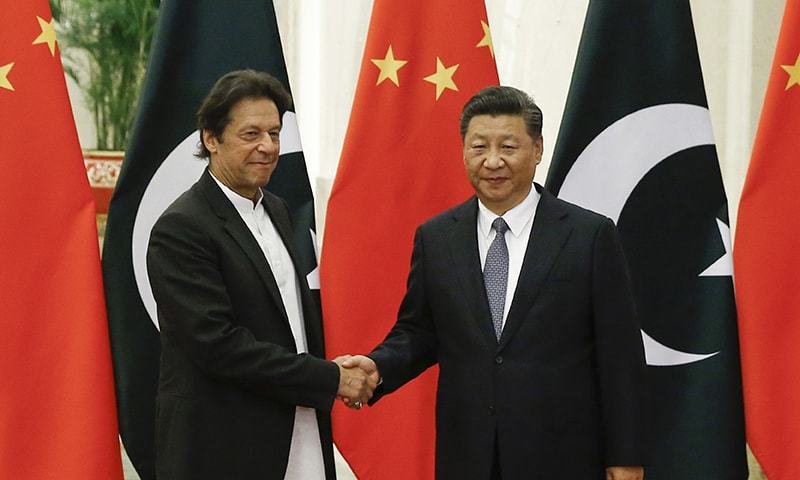
Desperate for funding to fend off a financial crisis fuelled in part by mounting debt to China, Pakistan is playing a complicated game of poker that could hand Saudi Arabia a strategic victory in its bitter feud with Iran at the People’s Republic’s expense. The Pakistani moves threaten a key leg of the USD60 billion plus Chinese investment in the China Pakistan Economic Corridor (CPEC), a crown jewel of Chinese President Xi Jinping’s Belt and Road initiative.
They also could jeopardize Chinese hopes to create a second overland route to Iran, a key node in China’s transportation links to Europe. Finally, they grant Saudi Arabia a prominent place in the Chinese-funded port of Gwadar that would significantly weaken Iran’s ability to compete with its Indian-backed seaport of Chabahar.
Taken together, the moves risk dragging not only Pakistan but also China into the all but open war between Saudi Arabia and Iran. Pakistan’s first move became evident in early September with the government’s failure to authorise disbursements for road projects, already hit by delays in Chinese approvals, that are part of CPEC’s Western route, linking the province of Baluchistan with the troubled region of Xinjiang in north-western China.
In doing so, Pakistan implicitly targeted a key Chinese driver for CPEC: the pacification of Xinjiang’s Turkic Muslim population through a combination of economic development enhanced by trade and economic activity flowing through CPEC as well as brutal repression and mass re-education. The combination of Pakistani and Chinese delays “has virtually brought progress work on the Western route to a standstill,” a Western diplomat in the Pakistani capital of Islamabad said.
Pakistani Railways Minister Sheikh Rashid, in a further bid to bring Pakistani government expenditure under control that at current rates could force the country to seek a $US 12 billion bailout from the International Monetary Fund (IMF), has cut $2 billion dollars from the US$8.2 billion budget to upgrade and expand Pakistan’s railway network, a key pillar of CPEC. Rashid plans to slash a further two billion dollars.
“Pakistan is a poor country that cannot afford (the) huge burden of the loans…. CPEC is like the backbone for Pakistan, but our eyes and ears are open,” Rashid said. The budget cuts came on the back of Prime Minister Imran Khan’s Pakistan Tehreek-e-Insaf (PTI) party projecting CPEC prior to the July 25 election that swept him to power to as a modern-day equivalent of the British East India Company, which dominated the Indian subcontinent in the 19th century.
PTI criticism included denouncing Chinese-funded mass transit projects in three cities in Punjab as a squandering of funds that could have better been invested in social spending. PTI activists suggested that the projects had involved corrupt practices.
Pakistan’s final move was to invite Saudi Arabia to build a refinery in Gwadar and invest in Baluchistan mining. Chinese questioning of Pakistan’s move was evident when the Pakistani government backed off suggestions that Saudi Arabia would become part of CPEC.
Senior Saudi officials this week visited Islamabad and Gwadar to discuss the deal that would also involve deferred payments on Saudi oil supplies to Pakistan and create a strategic oil reserve close to Iran’s border. "The incumbent government is bringing Saudi Arabia closer to Gwadar. In other words, the hard-line Sunni-Wahhabi state would be closer than ever to the Iranian border. This is likely to infuriate Tehran," said Baloch politician and former Pakistani ports and shipping minister Mir Hasil Khan Bizenjo.
Pakistan’s game of poker amounts to a risky gamble that serves Pakistani and Saudi purposes, puts China whose prestige and treasure are on the line in a difficult spot, could perilously spark tension along the Pakistan-Iran border, and is likely to provoke Iranian counter moves. It also risks putting Pakistan, Saudi Arabia and Iran, who depend on China economically in different ways, in an awkward position.
The Saudi engagement promises up to US$10 billion in investments as well as balance of payments relief. It potentially could ease US concerns that a possible IMF bailout would help Pakistan service debt to China.
A refinery and strategic oil reserve in Gwadar would serve Saudi Arabia’s goal of preventing Chabahar, the Indian-backed Iranian port, from emerging as a powerful Arabian Sea hub at a time that the United States is imposing sanctions designed to choke off Iranian oil exports.
A Saudi think tank, the International Institute for Iranian Studies, previously known as the Arabian Gulf Centre for Iranian Studies (AGCIS) that is believed to be backed by Saudi Crown Prince Mohammed bin Salman, argued last year in a study that Chabahar posed “a direct threat to the Arab Gulf states” that called for “immediate counter measures.”
Written by Mohammed Hassan Husseinbor, an Iranian political researcher of Baloch origin, the study warned that Chabahar would enable Iran to increase its oil market share in India at the expense of Saudi Arabia, raise foreign investment in the Islamic republic, increase government revenues, and allow Iran to project power in the Gulf and the Indian Ocean.
Husseinbor suggested that Saudi support for a low-level Baloch insurgency in Iran could serve as a countermeasure. “Saudis could persuade Pakistan to soften its opposition to any potential Saudi support for the Iranian Baloch... The Arab-Baloch alliance is deeply rooted in the history of the Gulf region and their opposition to Persian domination,” Husseinbor said.
Noting the vast expanses of Iran’s Sistan and Baluchistan Province, Husseinbor went on to say that “it would be a formidable challenge, if not impossible, for the Iranian government to protect such long distances and secure Chabahar in the face of widespread Baloch opposition, particularly if this opposition is supported by Iran’s regional adversaries and world powers.”
Saudi militants reported at the time the study was published that funds from the kingdom were flowing into anti-Shiite, anti-Iranian Sunni Muslim ultra-conservative madrassas or religious seminaries in Baluchistan.
US President Donald J. Trump’s national security advisor, John Bolton, last year before assuming office, drafted at the request of Trump’s then strategic advisor, Steve Bannon, a plan that envisioned US support “for the democratic Iranian opposition,” including in Baluchistan and Iran’s Sistan and Baluchistan province.
All of this does not bode well for CPEC. China may be able to accommodate Pakistan by improving commercial terms for CPEC-related projects and Pakistani debt as well as easing Pakistani access to the Chinese market. China, however, is likely to find it far more difficult to prevent the Saudi-Iranian rivalry from spinning out of control in its backyard.
Note: This article was originally published in the blog, The Turbulent World of Middle East Soccer and has been reproduced under arrangement. Web link
As part of its editorial policy, the MEI@ND standardizes spelling and date formats to make the text uniformly accessible and stylistically consistent. The views expressed here are those of the author and do not necessarily reflect the views/positions of the MEI@ND. Editor, MEI@ND: P R Kumaraswamy

James M. Dorsey is a Senior Fellow at the S. Rajaratnam School of International Studies as Nanyang Technological University in Singapore, co-director of the Institute of Fan Culture of the University of Würzburg, and the author of the blog, The Turbulent World of Middle East Soccer. Email: jmdorsey@questfze.com

The final run-up to the 2022 World Cup and the tournament's management is make-it-or-break-it ti.....
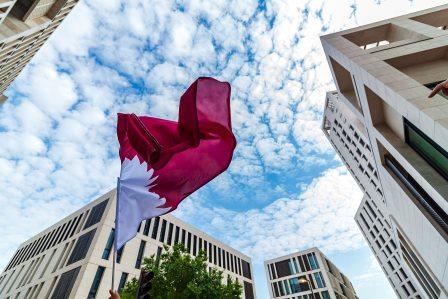
Former Qatari emir Hamad bin Khalifa Al Thani, the father of the Gulf state's current ruler, Tam.....
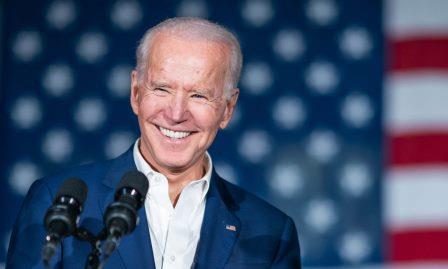
The Biden administration is mulling whether to grant Saudi Crown Prince Mohammed bin Salman sovereig.....

Qatar's 2022 World Cup promises to benefit not only itself but also to provide an unintended eco.....
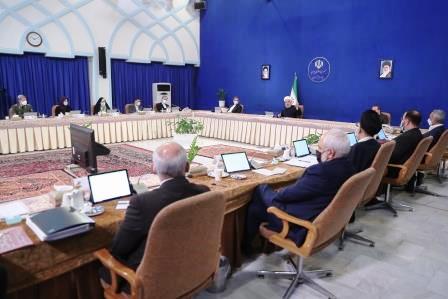
A potential revival of the Iran nuclear accord is likely to test the sustainability of Middle Easter.....
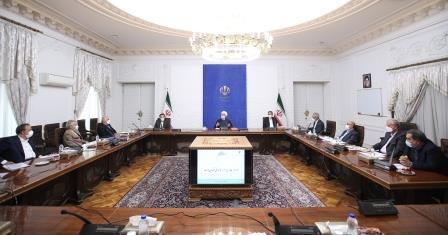
With the fate hanging in the balance of the 2015 international agreement that curbed Iran’s nu.....
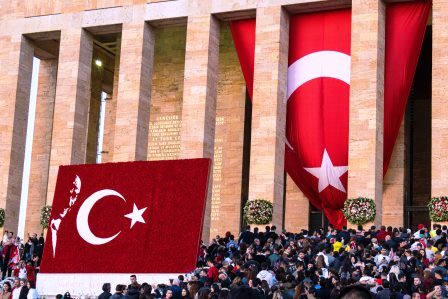
At first glance, there is little that Turkish President Recep Tayyip Erdogan, an Islamist and nation.....
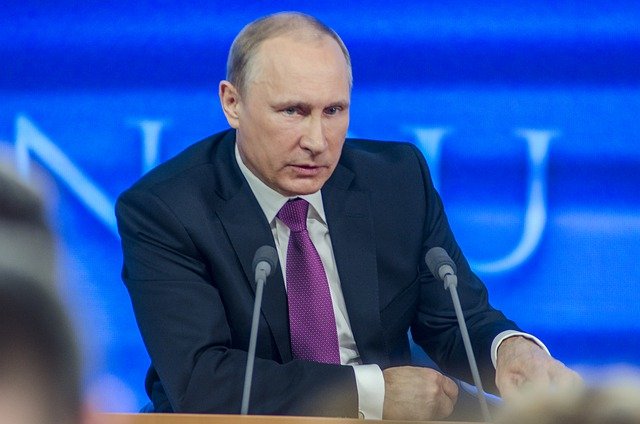
Europe is likely to shoulder the brunt of the fallout of a rapidly escalating crisis over Ukraine. M.....

An Israeli NGO gives the United Arab Emirates high marks for mandating schoolbooks that teach tolera.....

How sustainable is Middle Eastern détente? That is the $64,000 question. The answer is probab.....
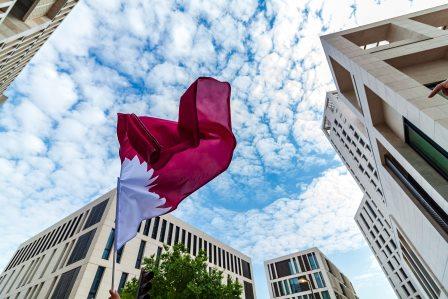
Qatar has begun to cleanse its schoolbooks of supremacist, racist or derogatory references as well a.....
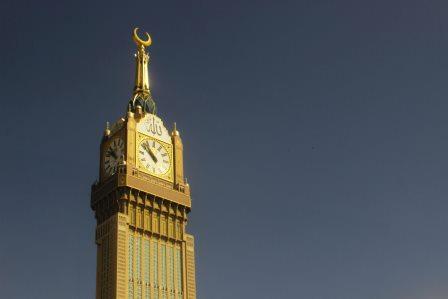
Long banned, Christmas has finally, at least tacitly, arrived in Saudi Arabia; just don’t use .....
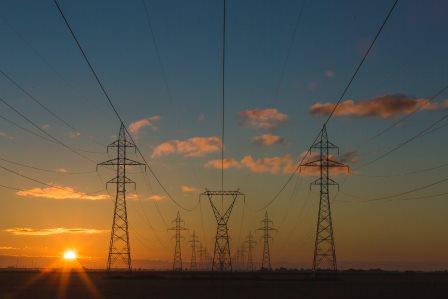
Increasingly, compliance with US sanctions against Iran could emerge as a litmus test of the United .....

Footballers with diametrically opposed views on homosexuality and alcohol consumption have sparked h.....

Saudi Islamic affairs minister Abdullatif bin Abdulaziz al-Sheikh has ordered imams in the kingdom t.....
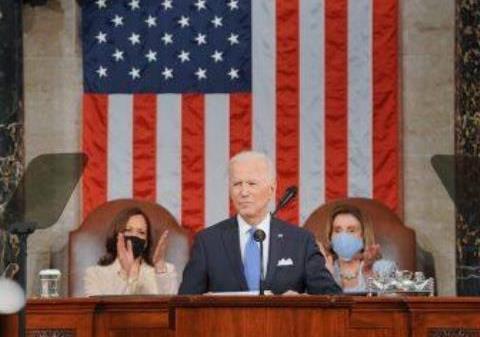
The United States has signalled in advance of next week’s Summit for Democracy that it is unli.....
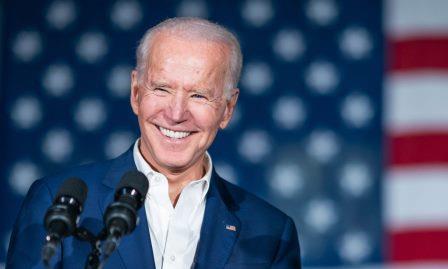
A cursory look at Saudi Arabia and Iran suggests that emphasizing human rights in US foreign policy .....

When seven-time Formula One world champion Lewis Hamilton wore a helmet this weekend featuring the c.....
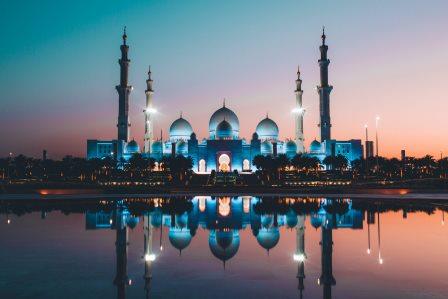
It has been a good week for United Arab Emirates Crown Prince Mohammed bin Zayed. Headline-grabbing,.....
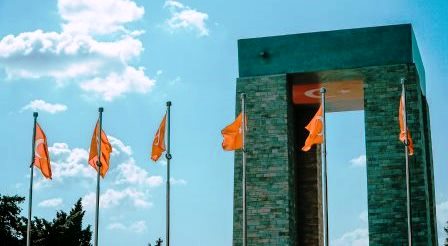
Just in case there were any doubts, Turkish Foreign Minister Mevlut Cavusoglu demonstrated with his .....
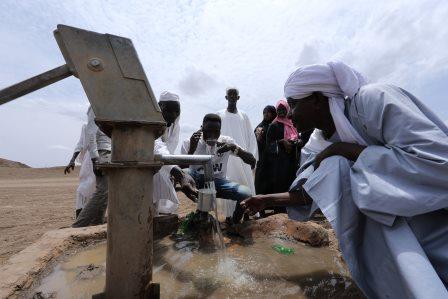
Sudan is the exception to the rule in the United Arab Emirates’ counterrevolutionary playbook......

Former Saudi intelligence chief Prince Turki AlFaisal Al Saud must have gotten his tenses mixed up w.....
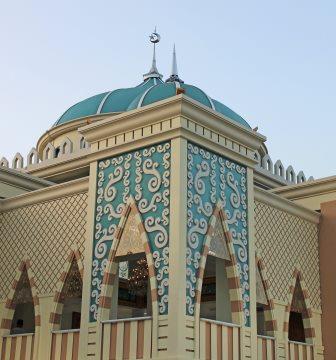
An Indonesian promise to work with the United Arab Emirates to promote ‘moderate’ Islam .....
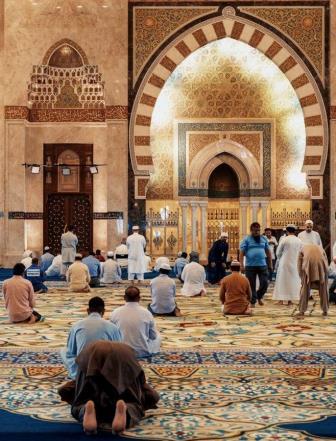
As Middle Eastern states attempt to manage their political and security differences, Muslim-majority.....
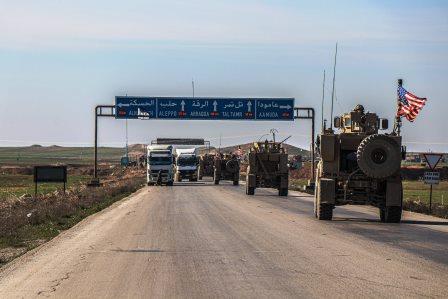
The future of US engagement in the Middle East hangs in the balance. Two decades of forever war in A.....
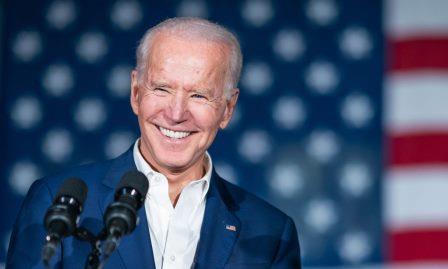
It may not have been planned or coordinated but efforts by Middle Eastern states to dial down tensio.....
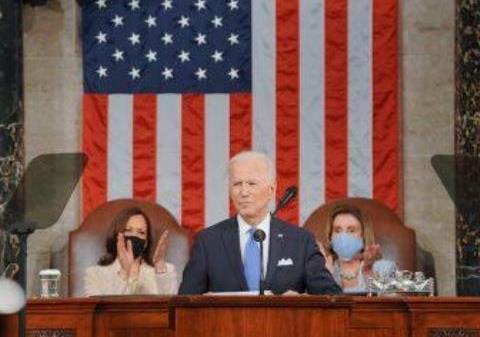
Gulf States are in a pickle. They fear that the emerging parameters of a reconfigured US commitment .....

Two separate developments involving improved relations between Sunni and Shiite Muslims and women&rs.....

On their way from Tel Aviv airport to Jerusalem in 1977 then Israeli Deputy Prime Minister Yigael Ya.....

Saudi and Emirati efforts to define ‘moderate’ Islam as socially more liberal while bein.....
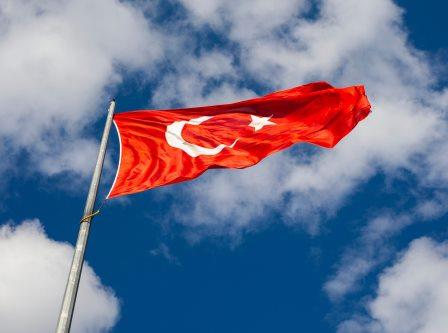
Turkish state-run television appears to have not gotten the message: Turkey and the United Arab Emir.....

The Taliban takeover of Afghanistan perpetuates a paradigm of failed governance in the Muslim world .....

Israel’s first post-Netanyahu government is seeking to rebuild fractured relations with the Je.....
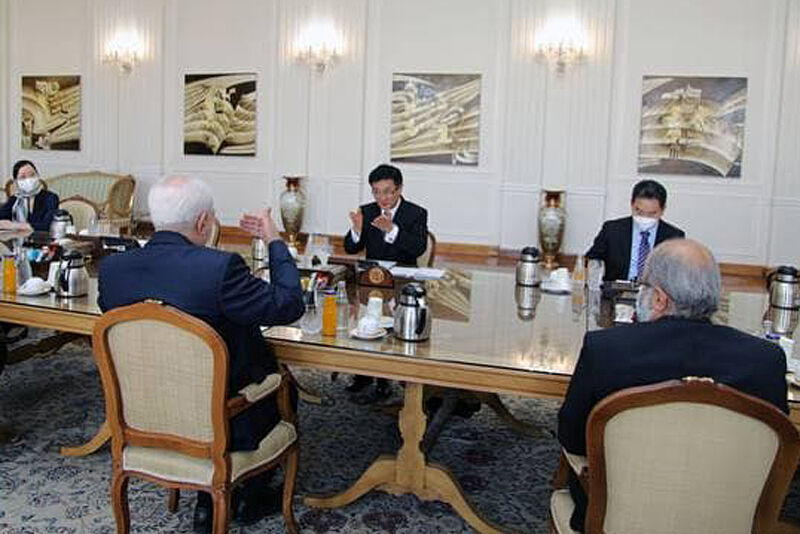
Taliban advances in Afghanistan shift the Central Asian playing field on which China, India and the .....
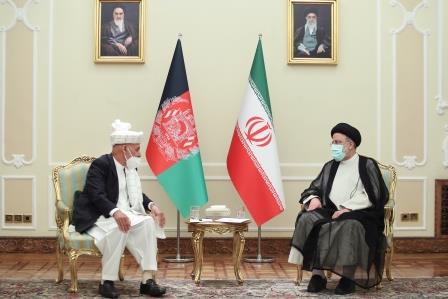
Boasting an almost 1,000-kilometre border with Iran and a history of troubled relations between the .....

This month’s indictment of a billionaire, one-time advisor and close associate of former US Pr.....
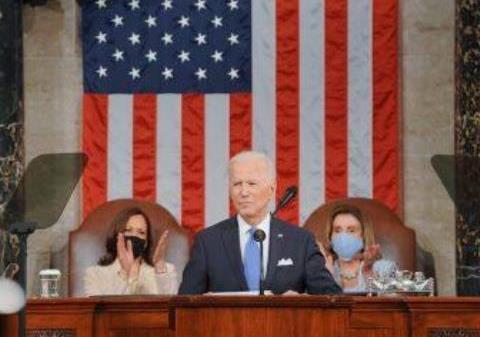
A recent analysis of Middle Eastern states’ interventionist policies suggests that misguided b.....
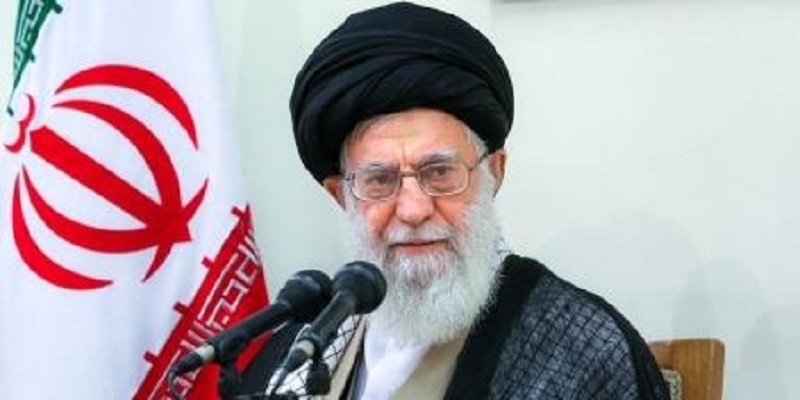
The United States and Iran seem to be hardening their positions in advance of a resumption of negoti.....

A recent unprecedented alliance between Muslims and Evangelicals takes on added significance in a wo.....
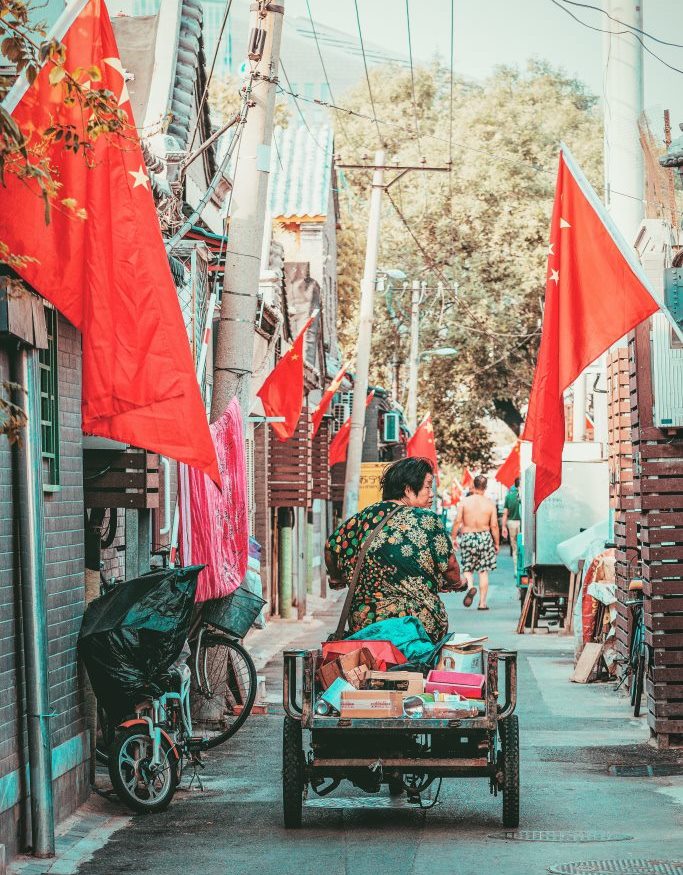
China may have no short-term interest in contributing to guaranteeing security in parts of a swath o.....
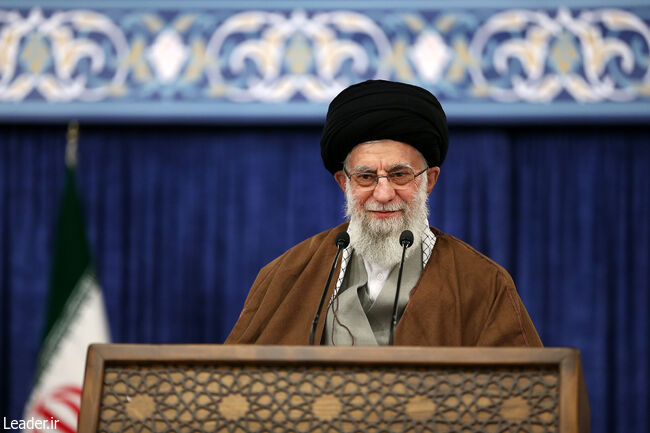
The rise of hard-line President-elect Ebrahim Raisi has prompted some analysts to counterintuitively.....

US President Joe Biden may have little appetite for Israeli-Palestinian peace making but seems deter.....

Recent announcements by Crown Prince Mohammed bin Salman of plans to turn the kingdom into a transpo.....

Saudi Arabia has stepped up efforts to outflank the United Arab Emirates and Qatar as the Gulf&rsquo.....
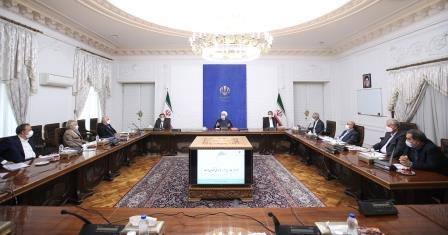
Eager to enhance its negotiating leverage with the United States and Europe, Iran is projecting immi.....
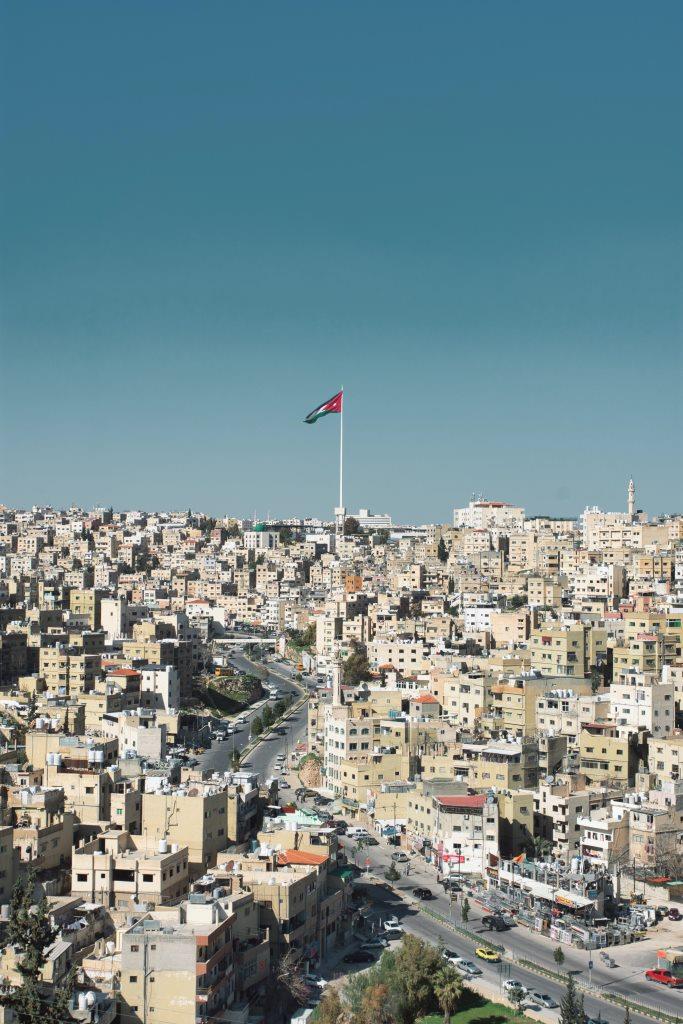
Former Crown Prince Hamzah bin Hussein has papered over a rare public dispute in the ruling Jordania.....
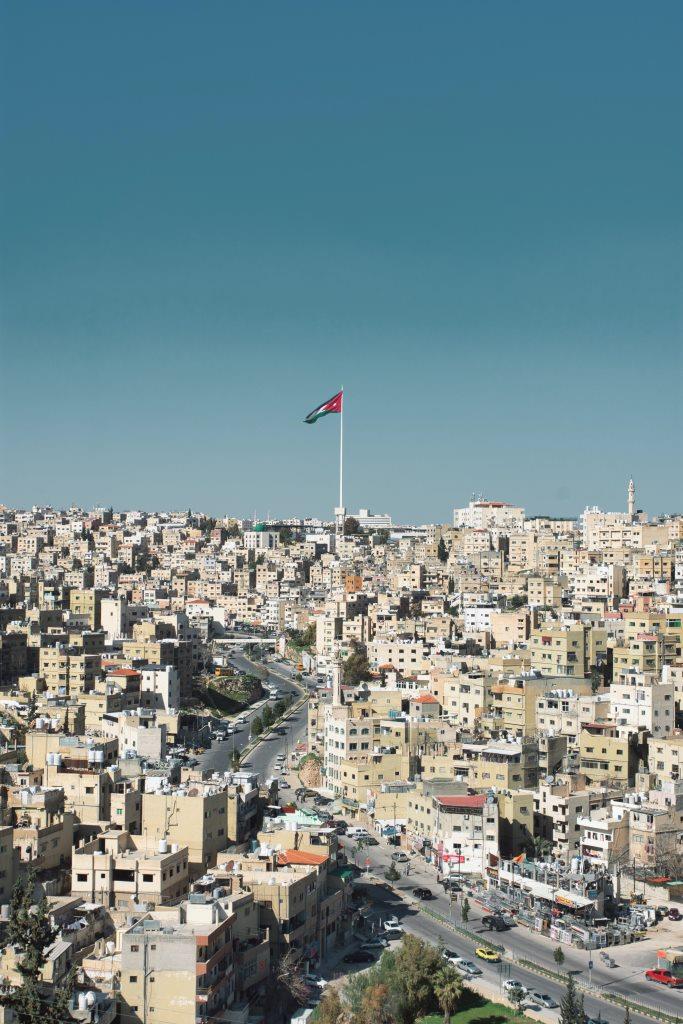
Former Crown Prince Hamzah bin Hussein has papered over a rare public dispute in the ruling Jordania.....
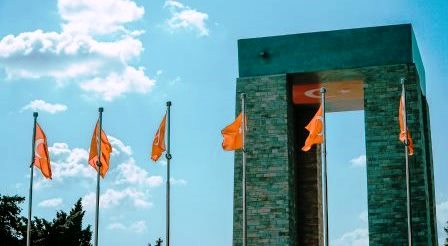
In a sign of the times, Turkish schoolbooks have replaced Saudi texts as the bull’s eye of cri.....
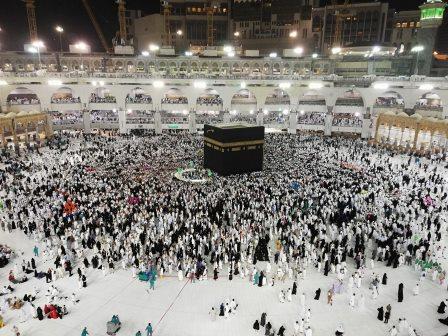
Saudi Sheikh Salman al-Awdah, a popular but controversial religious scholar who has been mostly in s.....
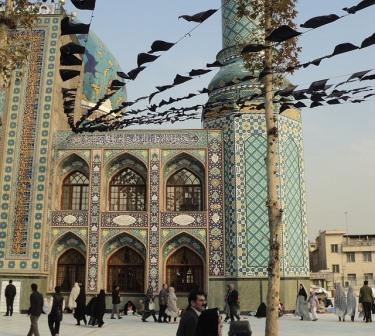
Recent clashes in the Iranian province of Sistan and Balochistan highlight Iran’s vulnerabilit.....
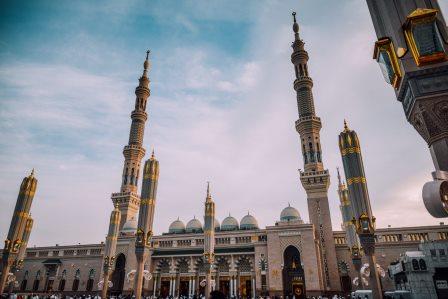
Two decades of snail pace revisions of Saudi schoolbooks aimed at removing supremacist references to.....
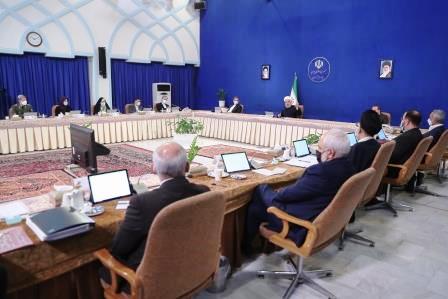
A little acknowledged provision of the 2015 international agreement that curbed Iran’s nuclear.....
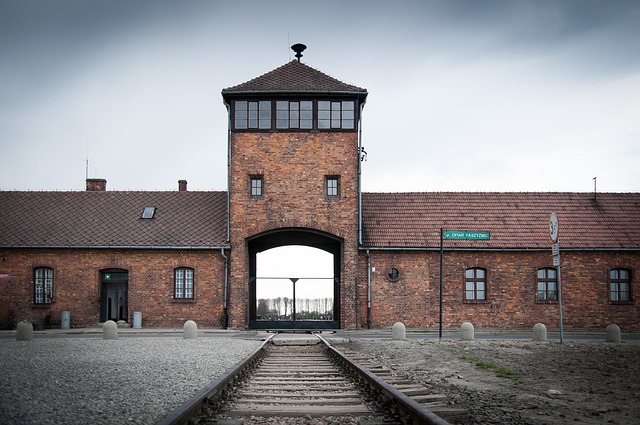
Religion scholar Esra Ozyurek has a knack for identifying trends that ring warning bells about where.....
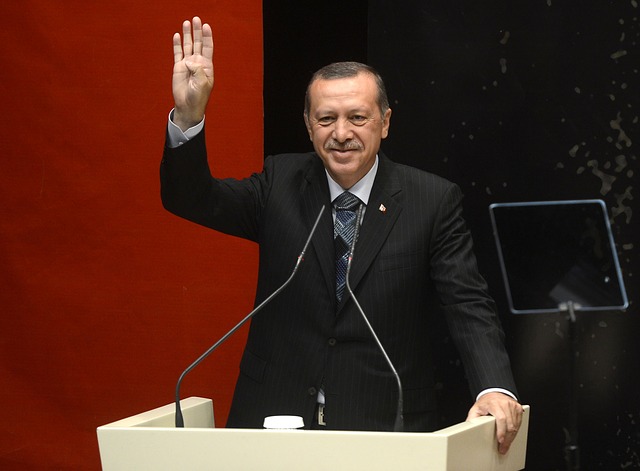
A projected sharp reduction in trade between the United States and China in the next two years coupl.....
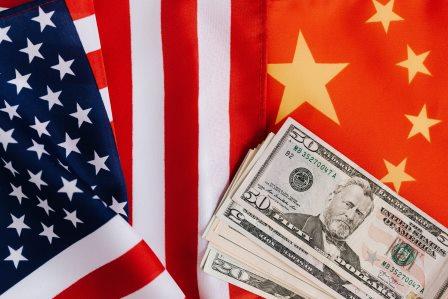
Public debates about China’s Middle East policy are as much internal Chinese discussions as th.....

Saudi Arabia has taken multiple steps to polish its tarnished image in advance of this weekend&rsquo.....

An Emirati offer to invest in Israel’s most controversial soccer club could serve as a figurat.....
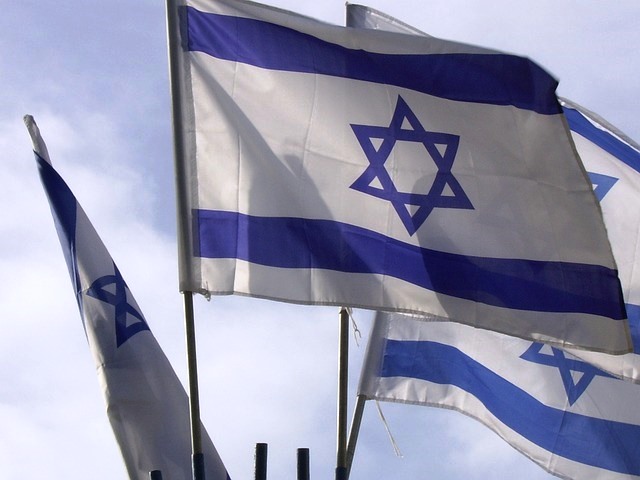
A close read of the agreement between the United Arab Emirates and Israel suggests that the Jewish s.....

A rift between Pakistan and Saudi Arabia throws into sharp relief deepening fissures in the Muslim w.....

Rare polling of public opinion in Saudi Arabia suggests that Crown Prince Mohammed bin Salman may be.....
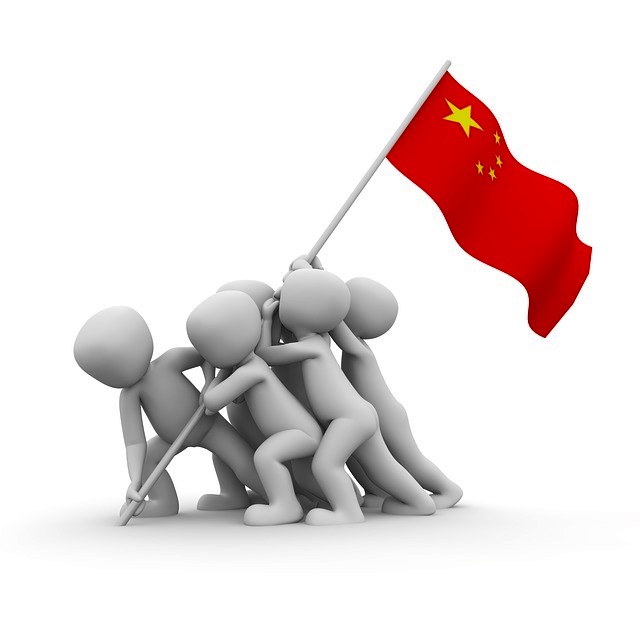
China is contemplating greater political engagement in the Middle East in what would constitute a br.....
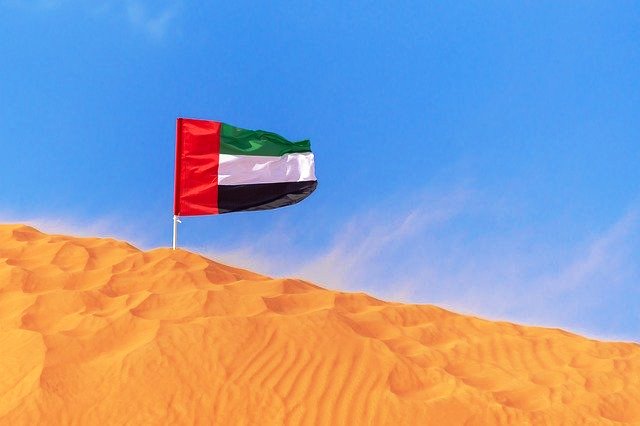
Europe is progressively being sucked into the Middle East and North Africa’s myriad conflicts......
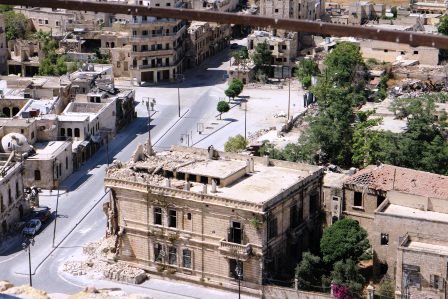
China looms large as a potentially key player alongside Russia and Iran in President Bashas al-Assad.....

Civilizationalist leaders, who seek religious legitimacy, cater to a religious support base or initi.....
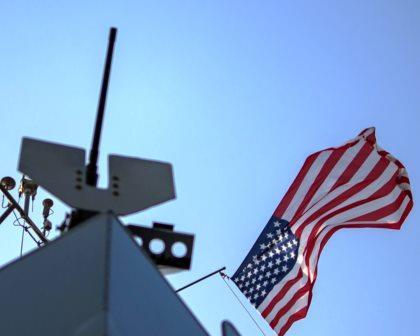
A decision by the Organization of Petroleum Exporting Countries (OPEC) and non-OPEC producers like R.....

The Coronavirus pandemic points a finger not only at the colossal global collapse of responsible pub.....
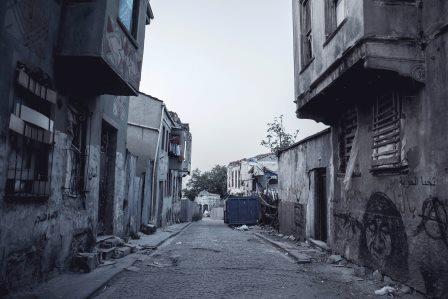
Syria’s announcement of its first COVID-19 case highlights the public health threat posed by w.....
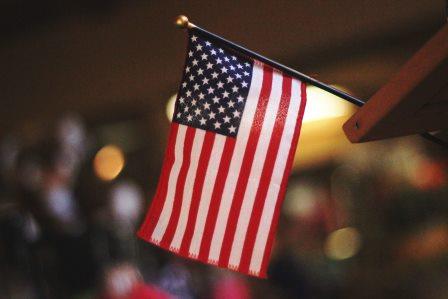
The fight in this week’s Democratic primaries may have been about who confronts Donald J. Trum.....
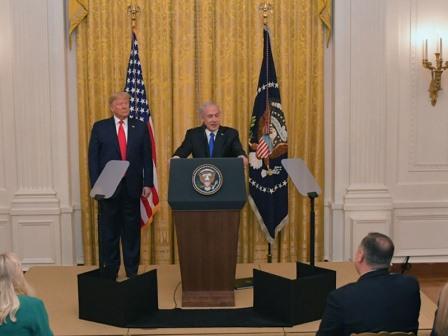
A podcast version of this story is available on Sound cloud, ITunes, Spotify, Stitcher, Tune In, Spe.....

Saudi Arabia may have been getting more than it bargained for when authorities in Khujand, Tajikista.....

At the core of US president Donald J. Trump’s maximum pressure campaign against Iran lies the .....
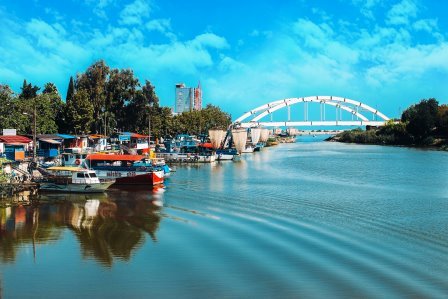
The Iranian port city of Bandar-e-Mahshahr has emerged as the scene of some of the worst violence in.....

Saudi efforts to negotiate an end to the Yemen war in a bid to open a dialogue with Iran could call .....
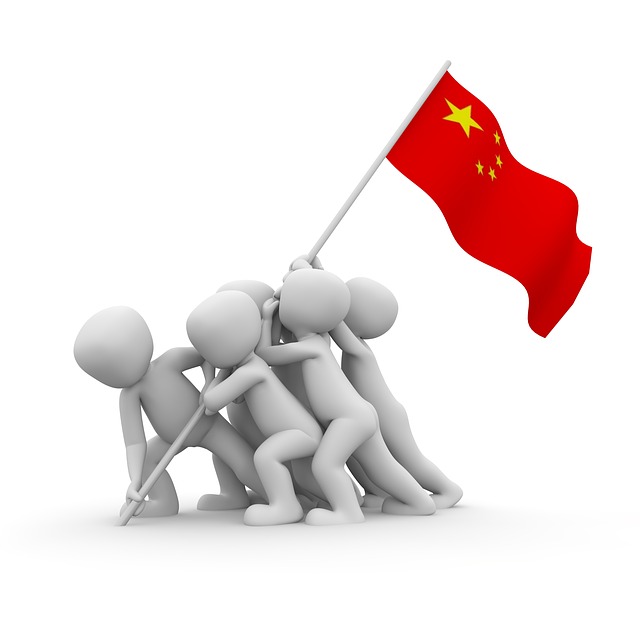
China is manoeuvring to avoid being sucked into the Middle East’s numerous disputes amid mount.....

Fears of a potential military conflict with Iran may have opened the door to a Saudi-Iranian dialogu.....
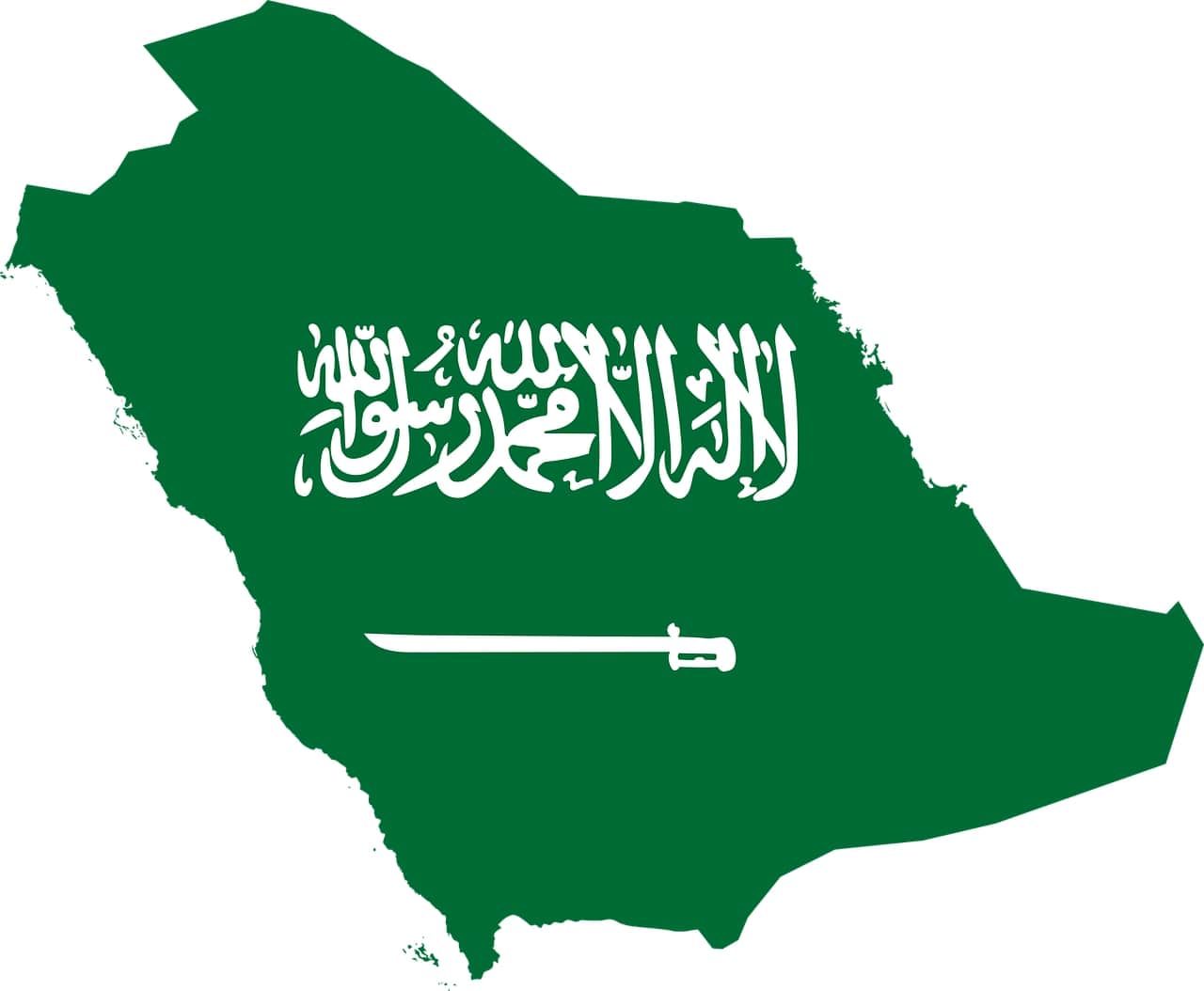
By the law of unintended consequences, US President Donald J. Trump’s mix of uncritical and cy.....

Little suggests that fabulously wealthy Gulf States and their Middle Eastern and North African benef.....

A controversial former security official and Abu Dhabi-based political operator, Mohammed Dahlan, ha.....
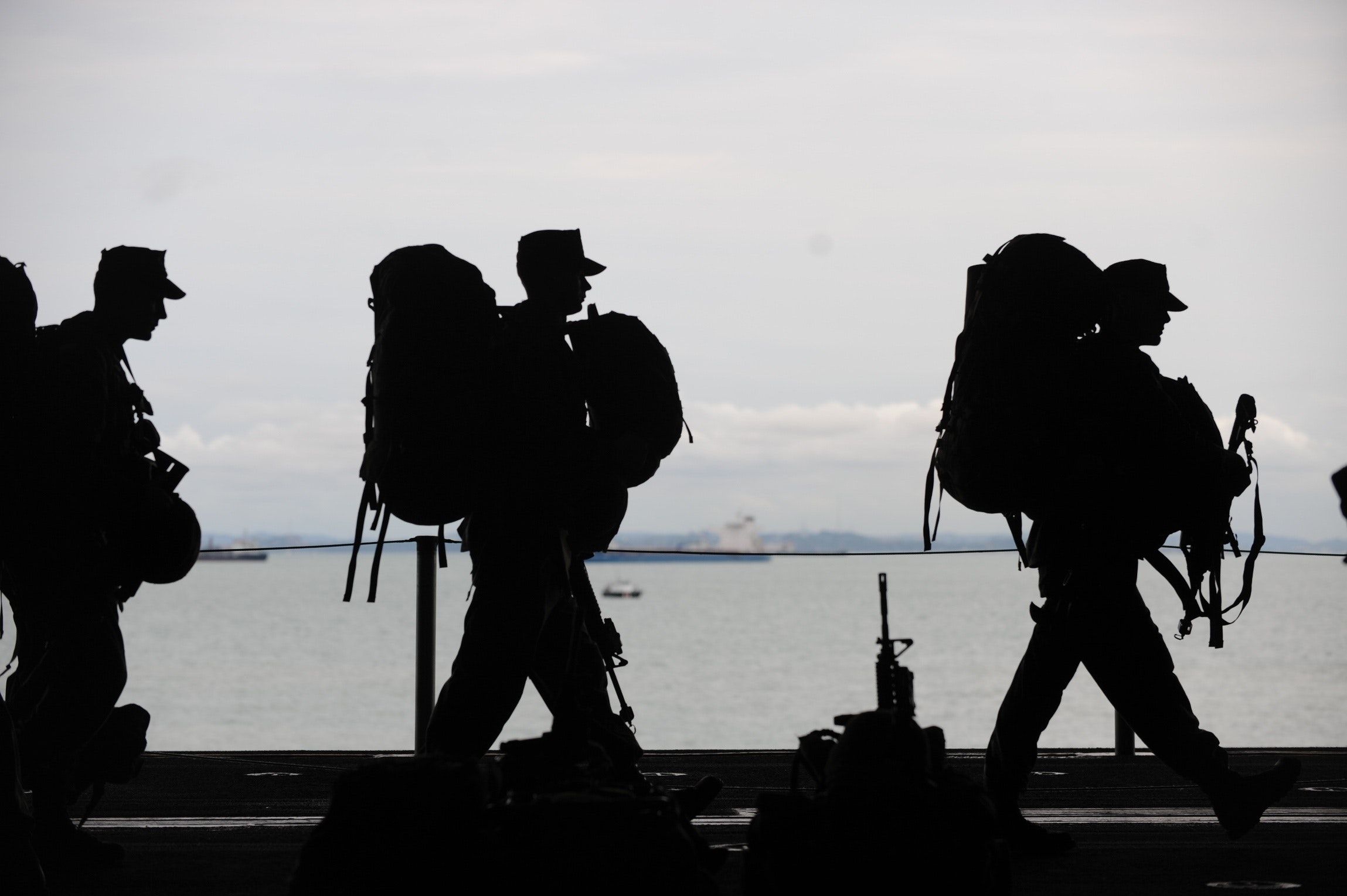
Russia, backed by China, hoping to exploit mounting doubts in the Gulf about the reliability of the .....

China and Russia are as much allies as they are rivals. A joint Tajik-Chinese military exercise in a.....
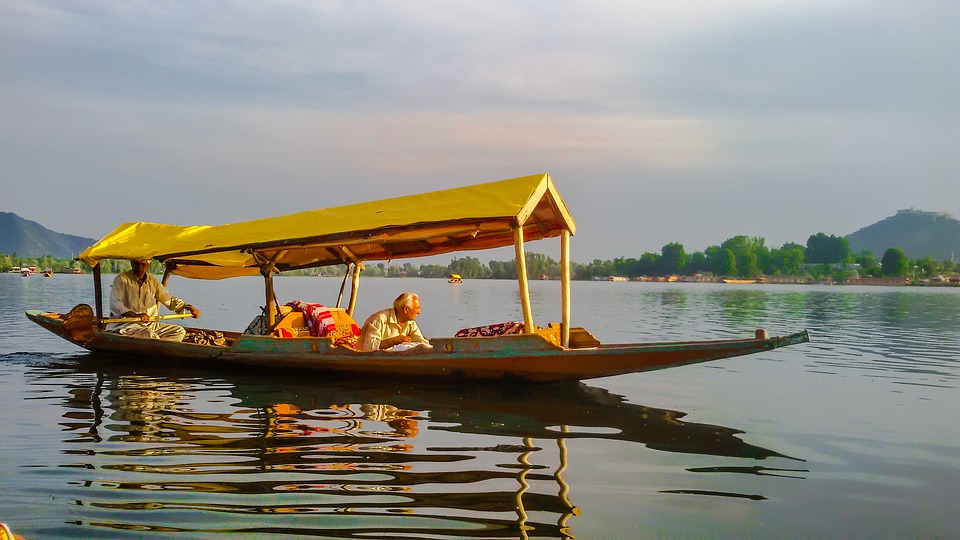
Thought that sectarianism was a pillar of the Saud Iranian rivalry? Think again, think Kashmir where.....
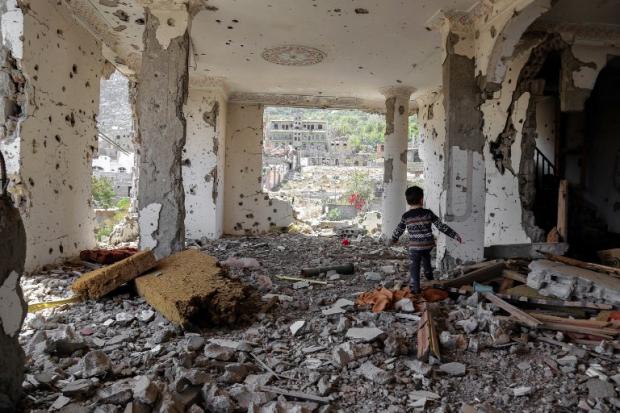
These are tough times for Saudi Arabia. The drama enveloping the killing of journalist Jamal Khas.....
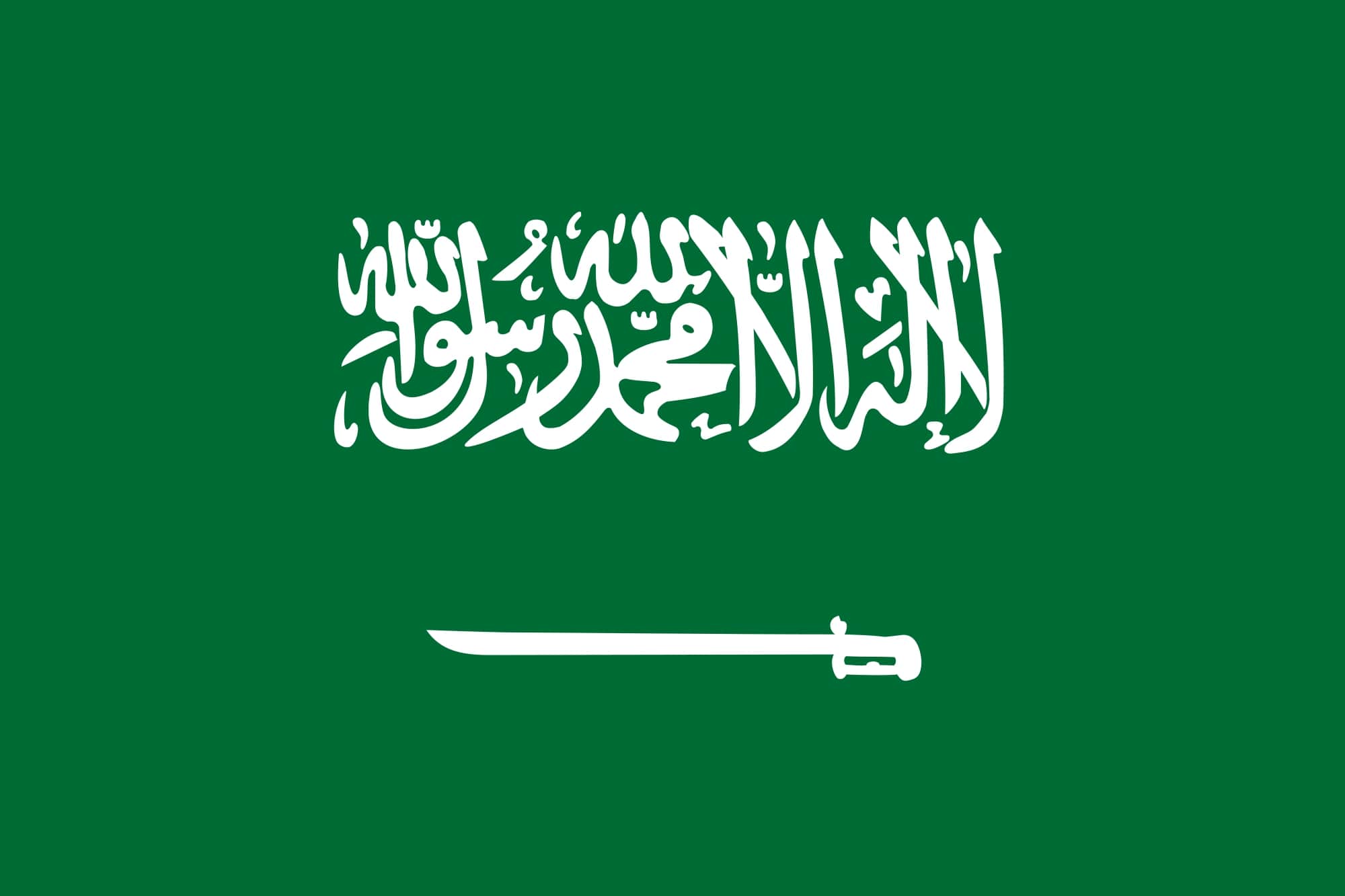
Saudi plans to become a major gas exporter within a decade raise questions about what the .....
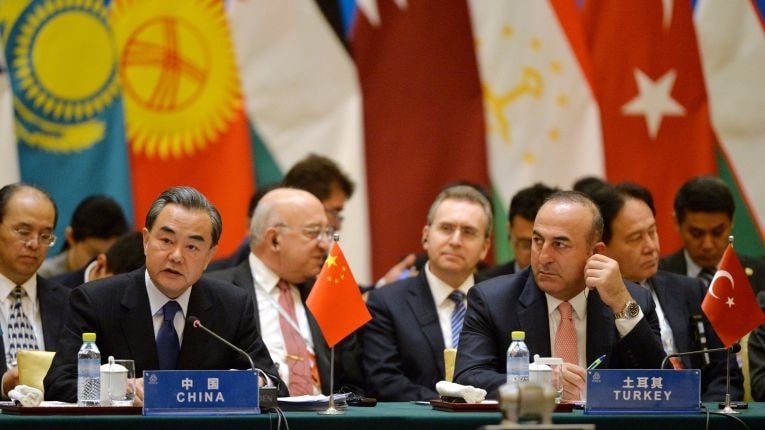
A Turkish-Chinese spat as a result of Turkish criticism of China’s crackdown on Turkic Mu.....
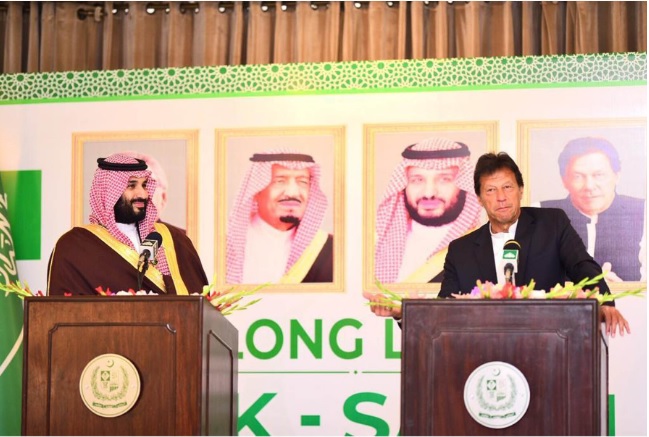
This week’s suicide attack on Revolutionary Guards in Iran’s south-eastern province of S.....
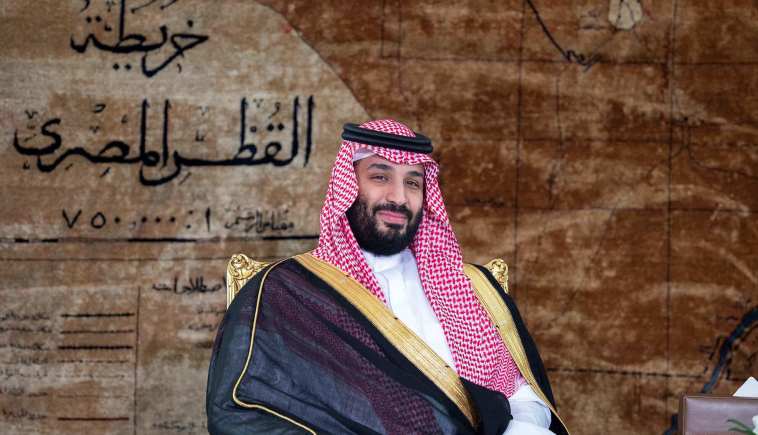
Saudi Crown Prince Mohammed bin Salman’s three-nation tour of Asia is as much about demonstrat.....
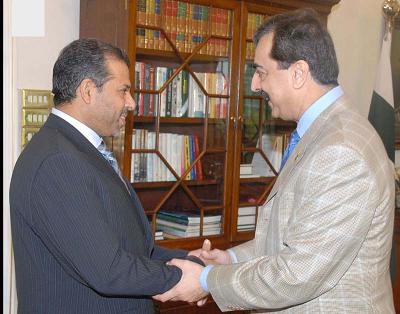
It may be reading tea leaves but analysis of the walk-up to Saudi crown prince Mohammed bin Salman&r.....
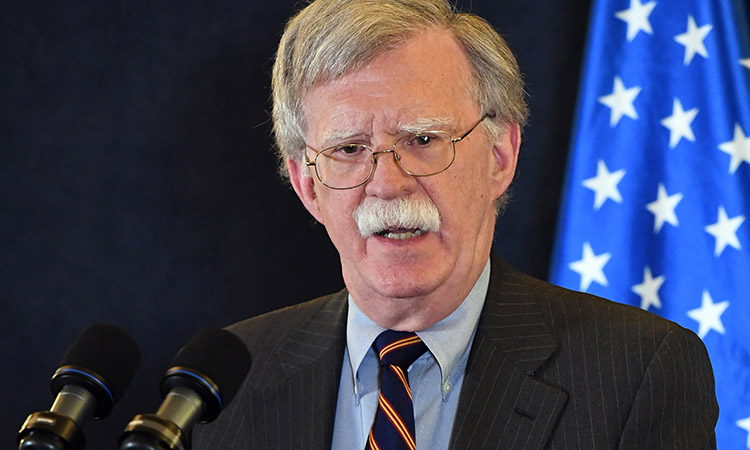
Alarm bells went off last September in Washington's corridors of power when John Bolton&rsq.....
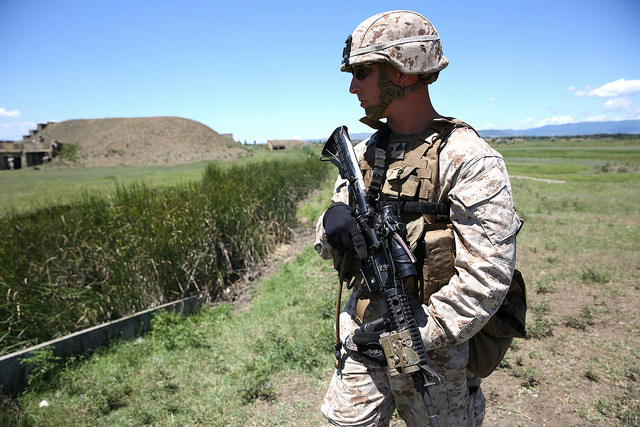
US President Donald J. Trump’s threat to devastate Turkey’s economy if Turkish troo.....
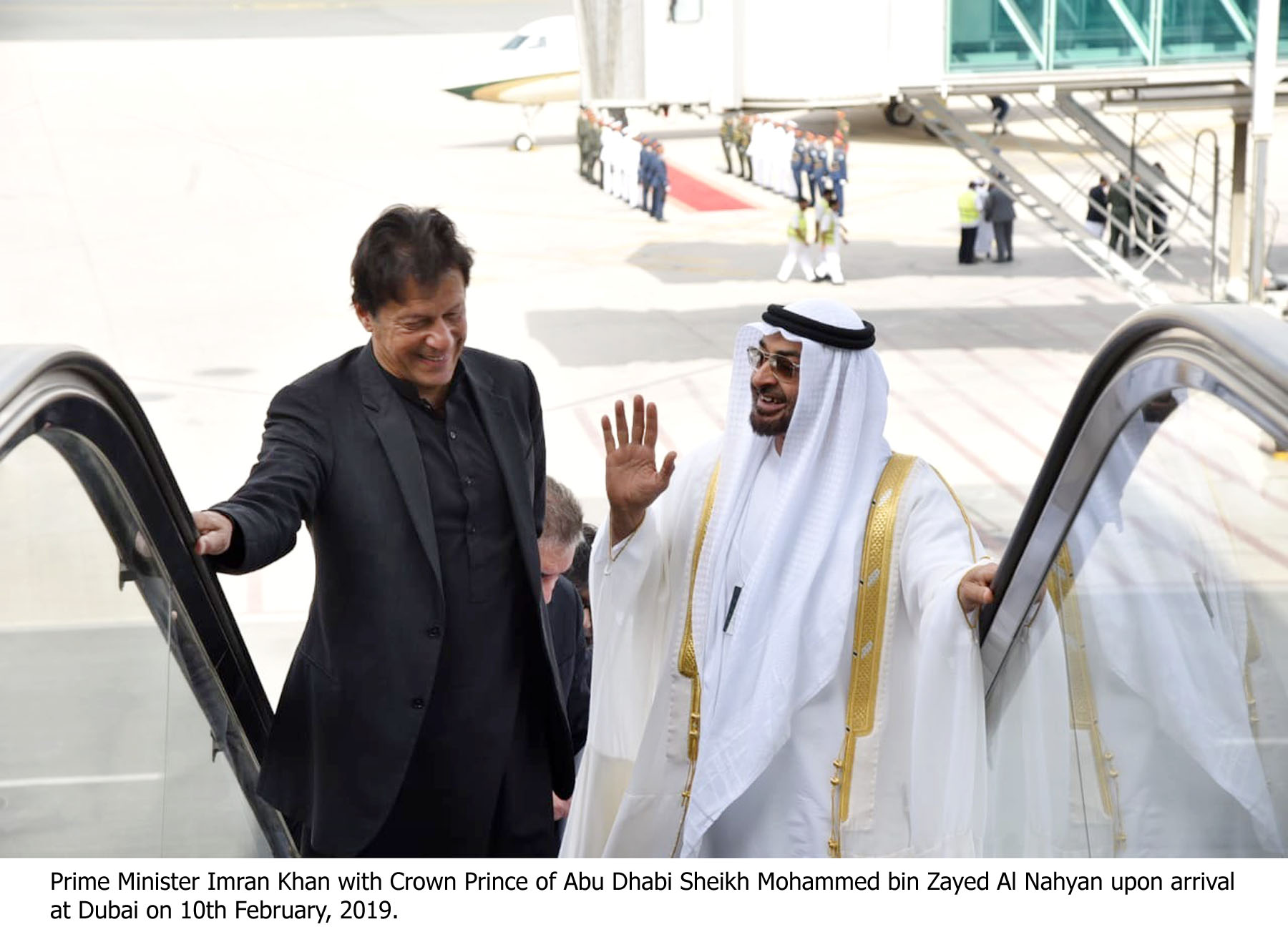
Pakistan is traversing minefields as it concludes agreements on investment, balance of payments supp.....
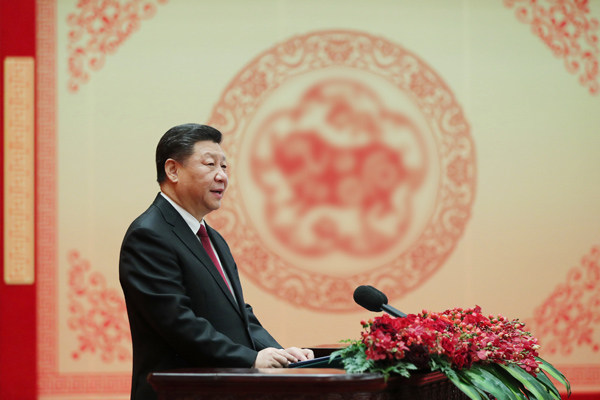
A heavy soup made of pulled noodles, meat, and vegetables symbolizes Central Asia’s close cult.....
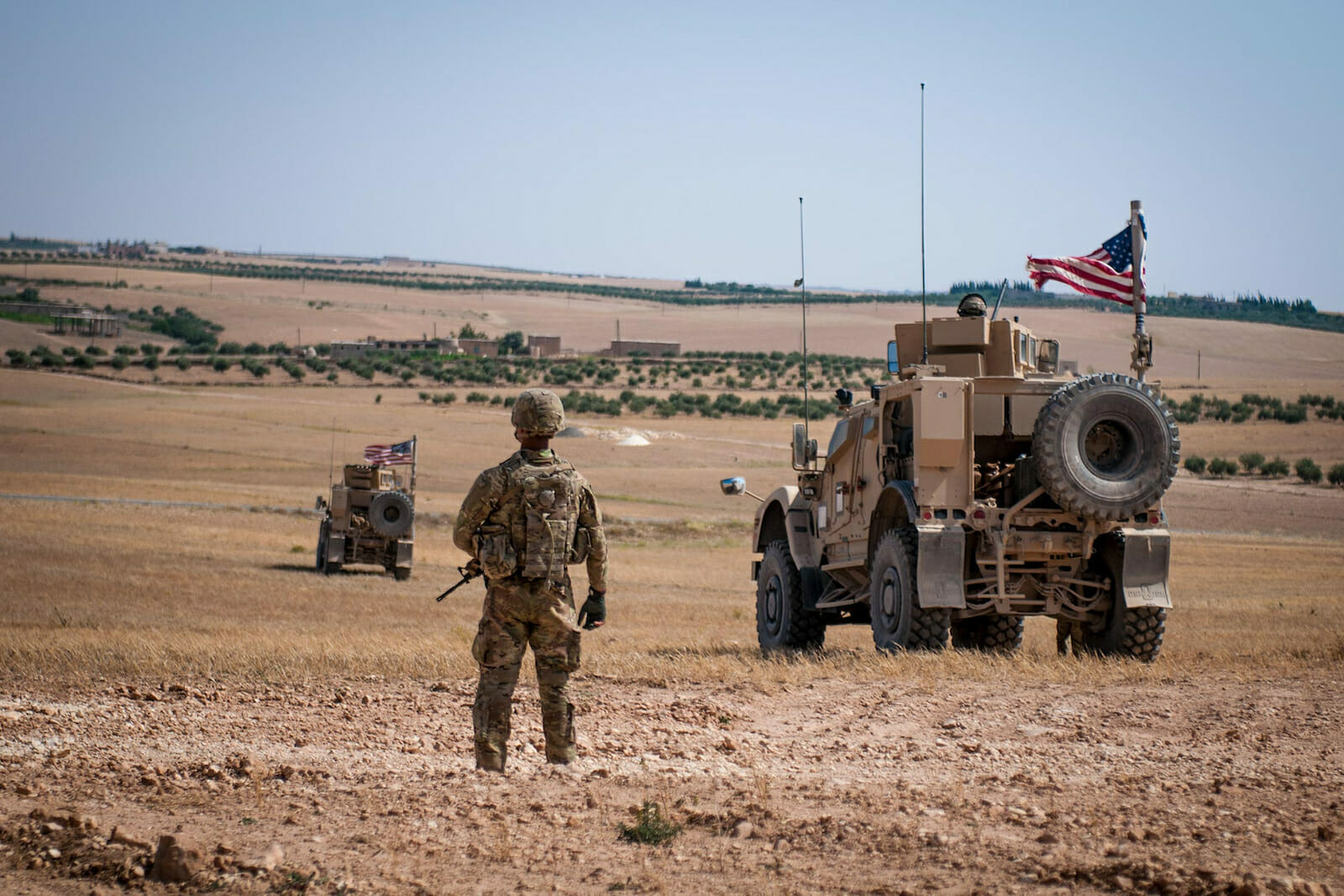
As far as Gulf leaders are concerned, President Donald J. Trump demonstrated with his announced.....
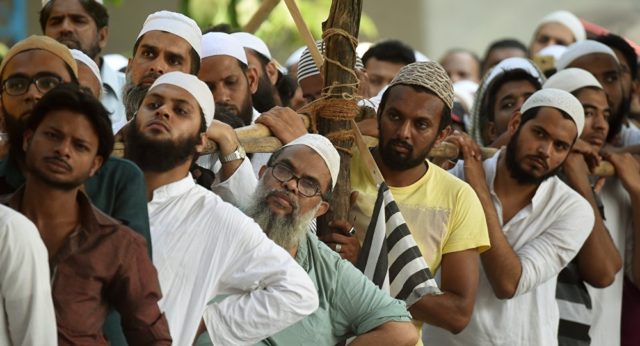
When President Recep Tayyip Erdogan recently declared that Turkey was “the only country that c.....
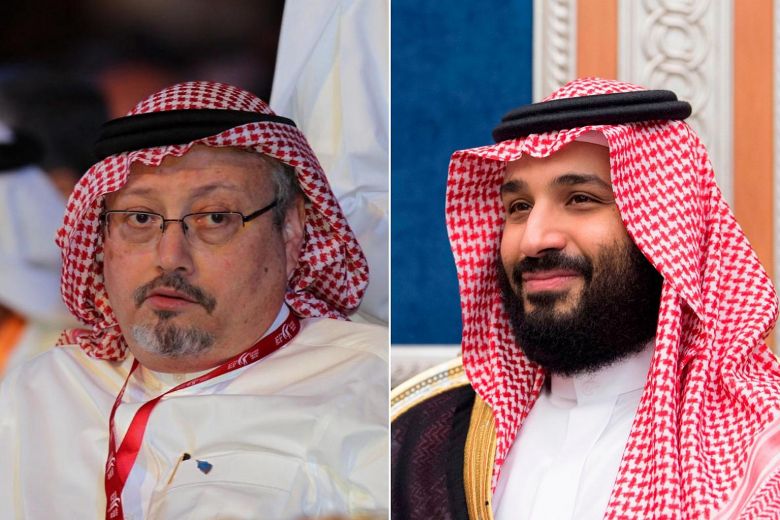
A draft US Senate resolution describing Saudi policy in the Middle East as a "wrecking ball&quo.....
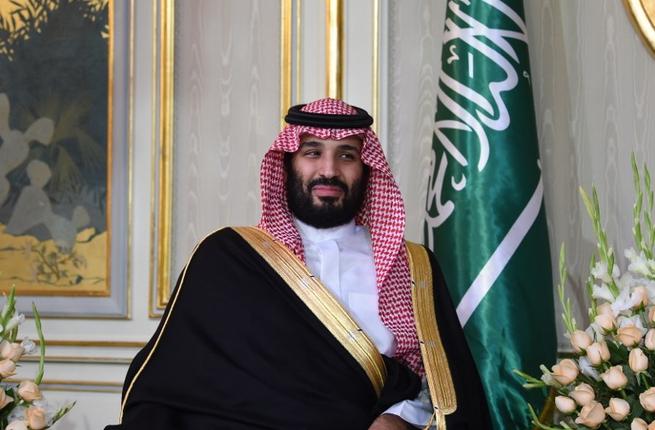
As Saudi crown prince Mohammed bin Salman tours friendly Arab nations in advance of the Group of 20 .....
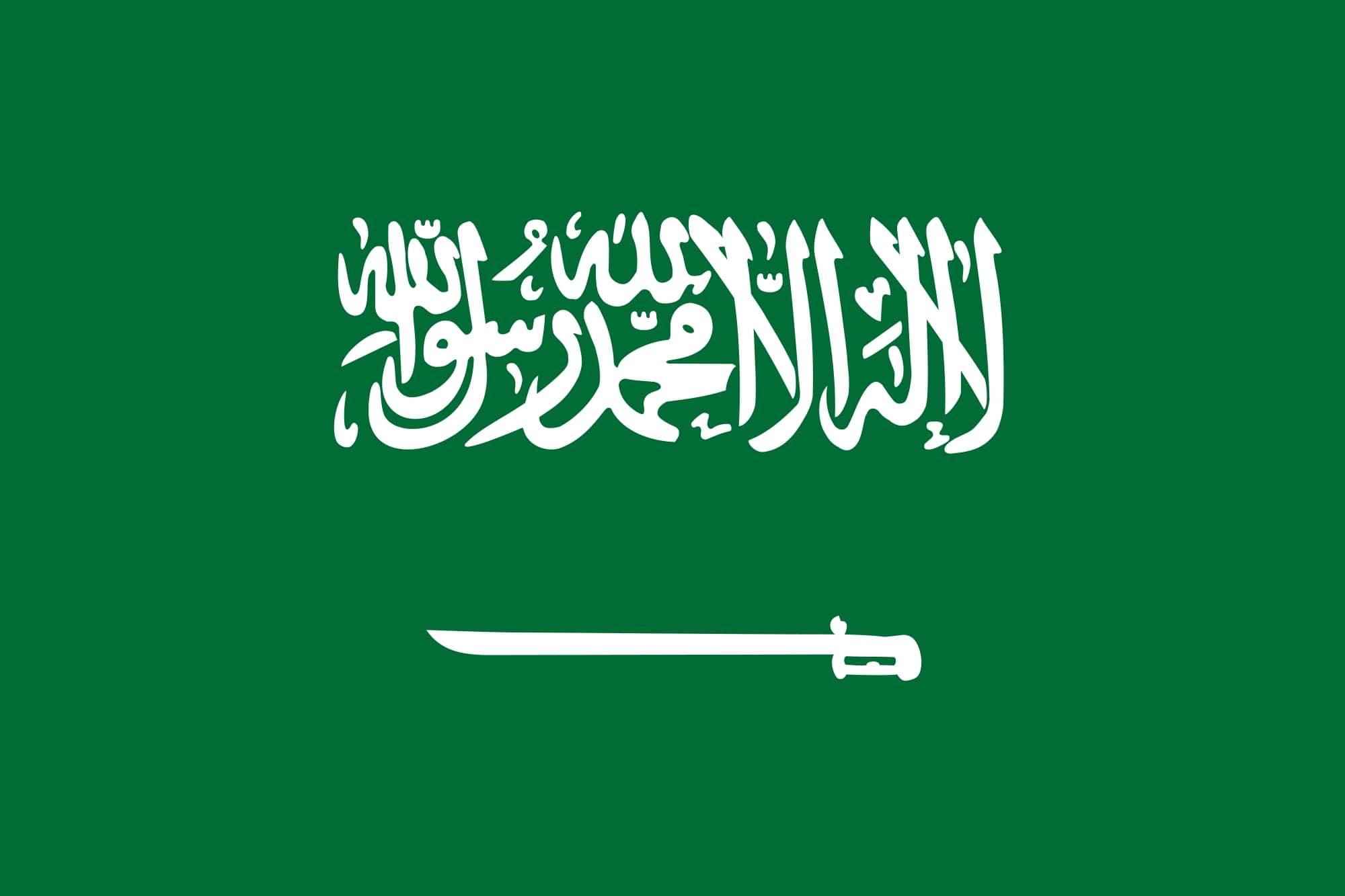
When Saudi General Khalid bin Sultan bin Abdul Aziz went shopping in the late 1980s for Chinese medi.....
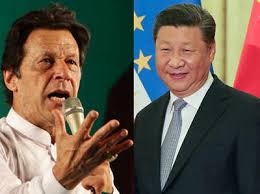
Pakistani Prime Minister Imran Khan lands in Beijing on November 3, the latest head of government to.....
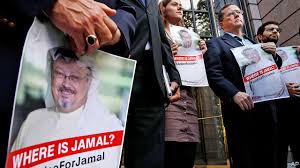
Saudi Arabia and Turkey, despite being on opposite sides of Middle Eastern divides, are cooperating .....
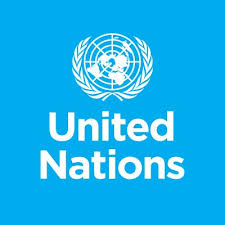
It’s easy to dismiss Iranian denunciations of the United States and its Middle Eastern allies .....
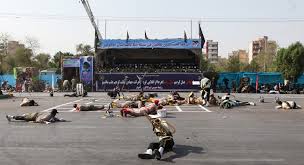
An attack on a military parade in the southern Iranian city of Ahwaz is likely to prompt Iranian ret.....

A Financial Action Task Force (FATF) report criticizing Saudi Arabia’s anti-money laundering a.....
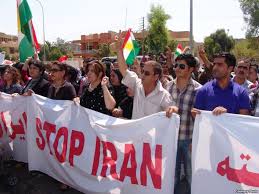
Iran has raised the spectre of a US-Saudi effort to destabilize the country by exploiting .....

A possible ceasefire between Israel and Hamas, the Islamist group that controls the Gaza S.....

With multiple Middle Eastern disputes threatening to spill out of control, United Arab Emirates mini.....
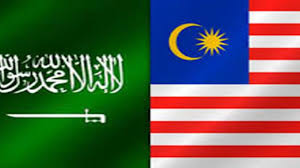
Embattled former Malaysian Prime Minister Najib Razak was the main loser in last month&rsq.....

Lurking in the background of a Saudi-Moroccan spat over World Cup hosting rights and the Gulf crisis.....

Amid ever closer cooperation with Saudi Arabia, Israel’s military appears to be adopting the k.....

Mounting anger and discontent is simmering across the Arab world much like it did in the w.....

Argentina’s cancellation of a friendly against Israel because of Israeli attempts to exploit t.....
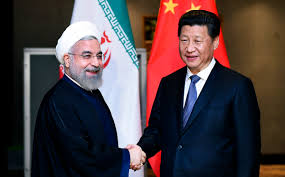
Conventional wisdom has it that China stands to benefit from the US withdrawal from the 2015 interna.....
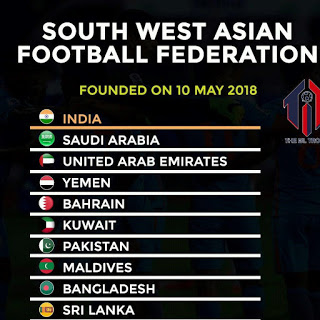
Saudi Arabia’s bitter rivalry with Iran has spilled onto Asian soccer pitches with t.....
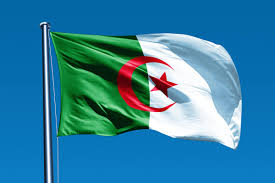
A controversy in Algeria over the growing popularity of Saudi-inspired Salafi scholars spotlights th.....
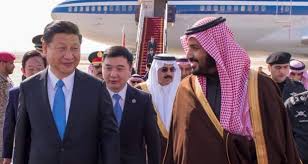
Subtle shifts in Chinese energy imports suggest that China may be able to exert influence in the Mid.....
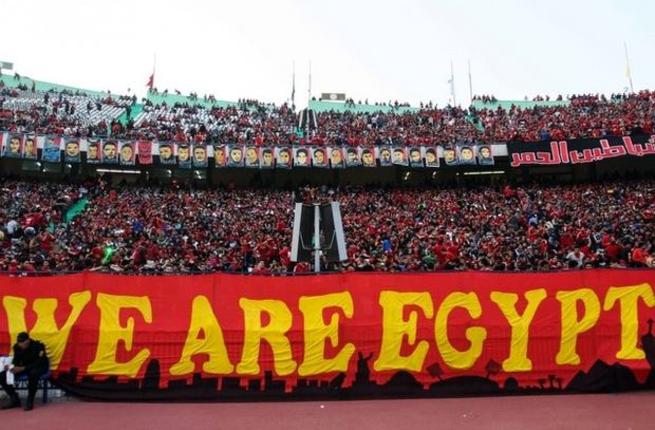
Egyptian general-turned-president Abdel Fattah Al-Sisi won a second term virtually unchallenged in w.....
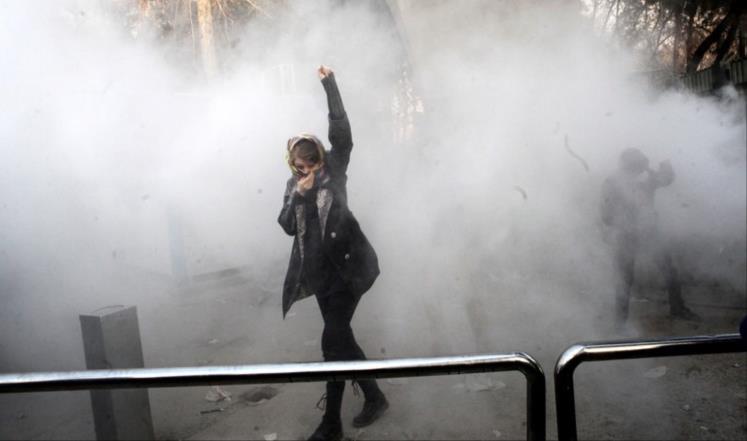
Protests have erupted in Iran’s oil-rich province of Khuzestan barely three months after the I.....
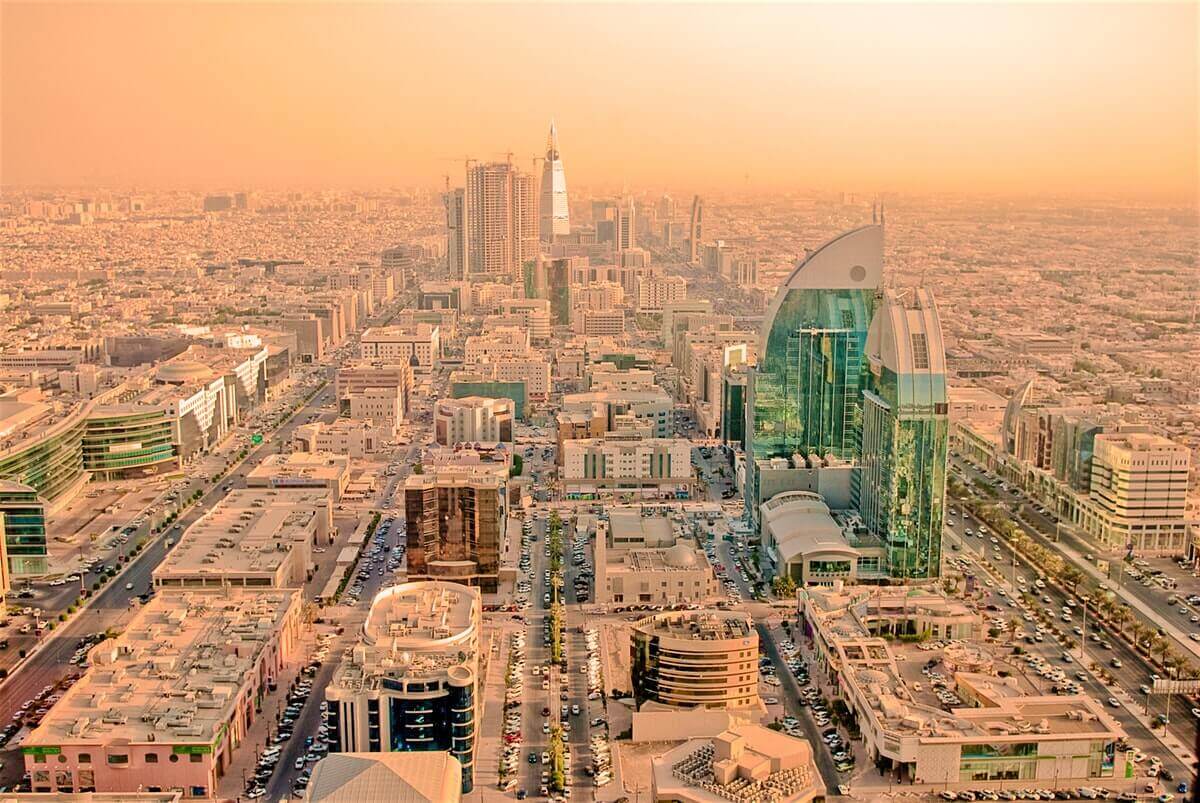
Debilitating hostility between Saudi Arabia and Iran is about lots of things, not least who will hav.....
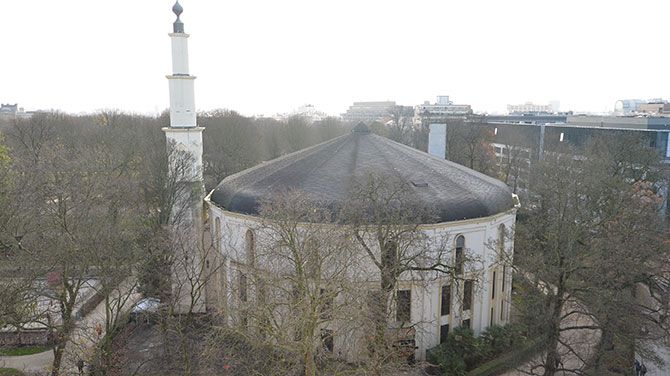
Saudi Arabia, in an indication that it is serious about shaving off the sharp edges of its Sunni Mus.....
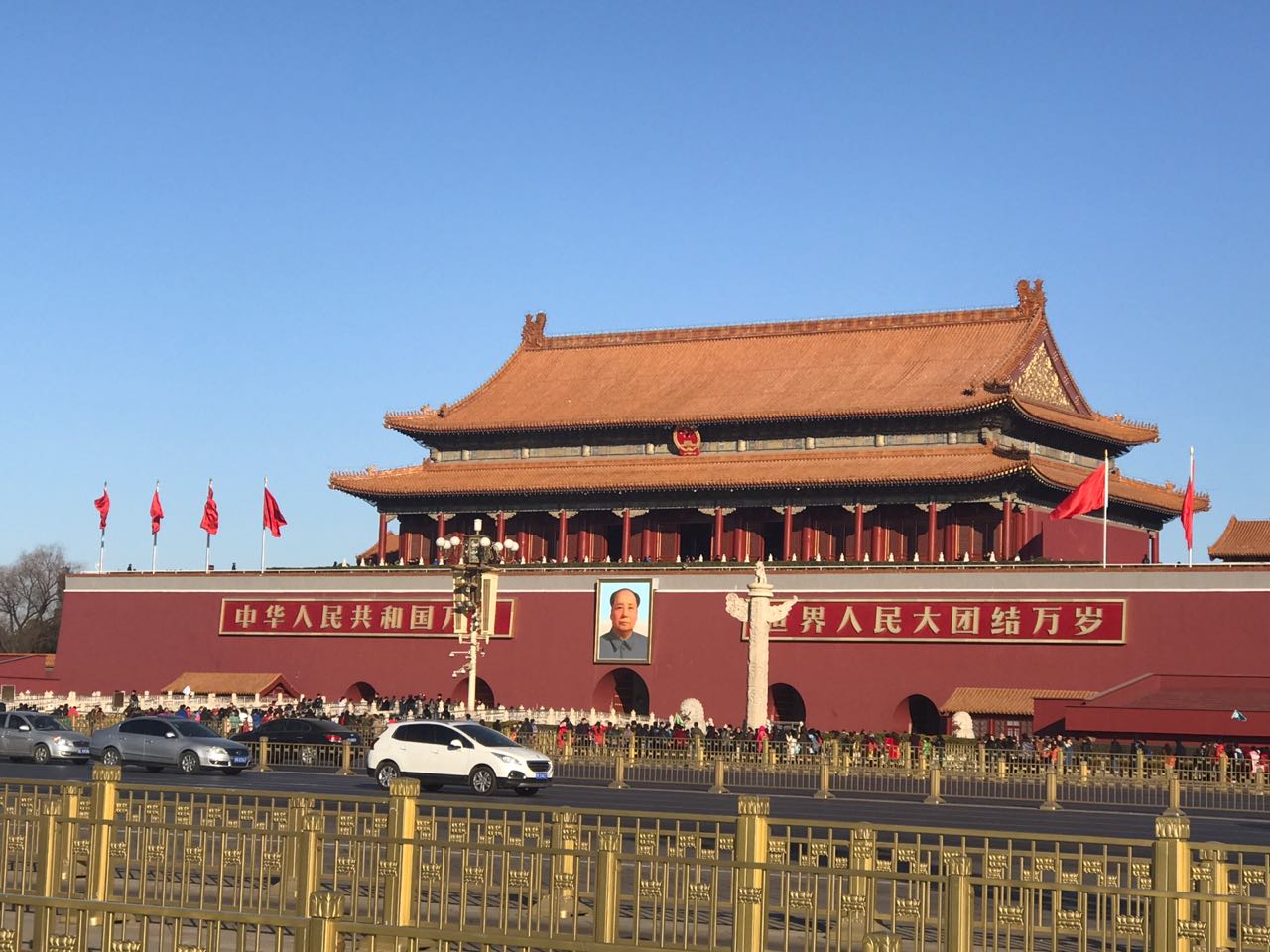
The Middle East has a knack for sucking external powers into its conflicts. China’s ventures i.....
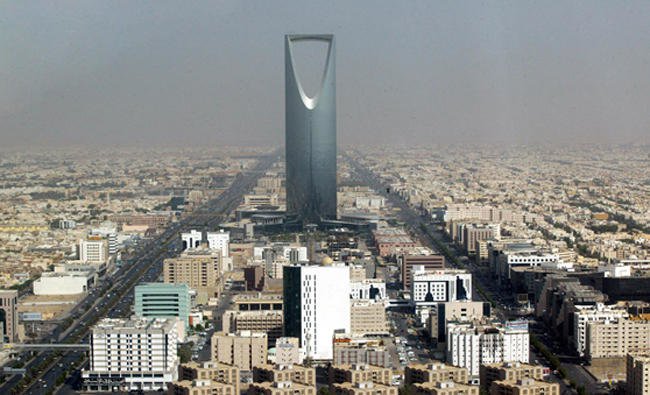
A Saudi draft law could constitute a first indication that Crown Prince Mohammed bin Salman’s .....
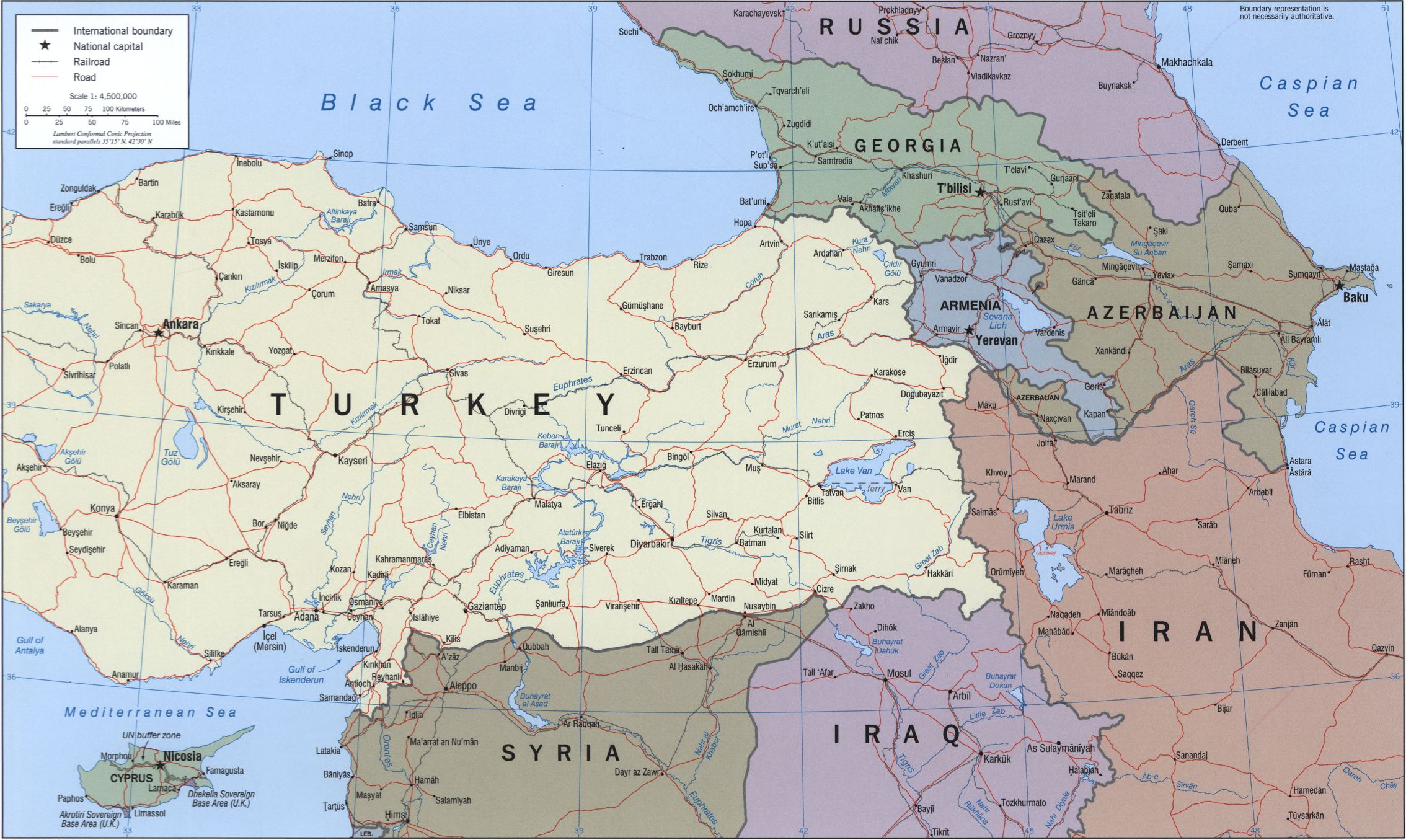
Turkish allegations of Saudi, Emirati and Egyptian support for the outlawed Kurdish Workers Party (P.....
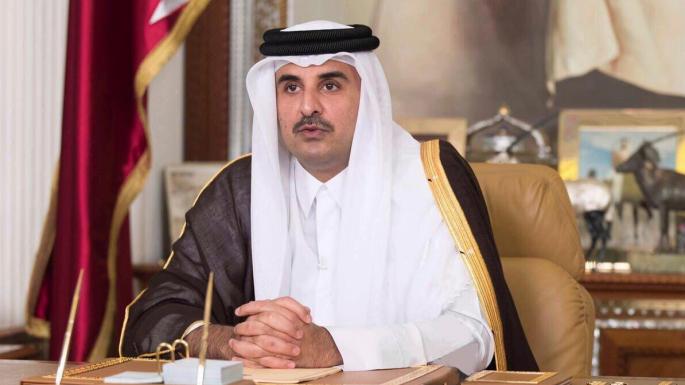
Prominent US constitutional lawyer and scholar Alan M. Dershowitz raised eyebrows when he described .....
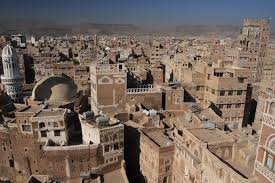
Plans to open a Salafi missionary centre in the Yemeni province of Al Mahrah on the border with Oman.....
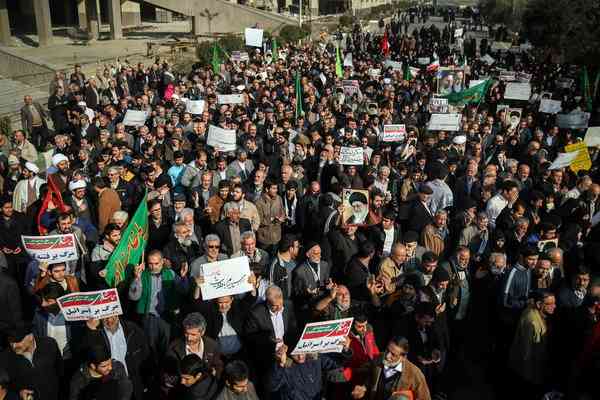
If week-long anti-government protests in Iran exposed the Islamic republic’s deep-se.....
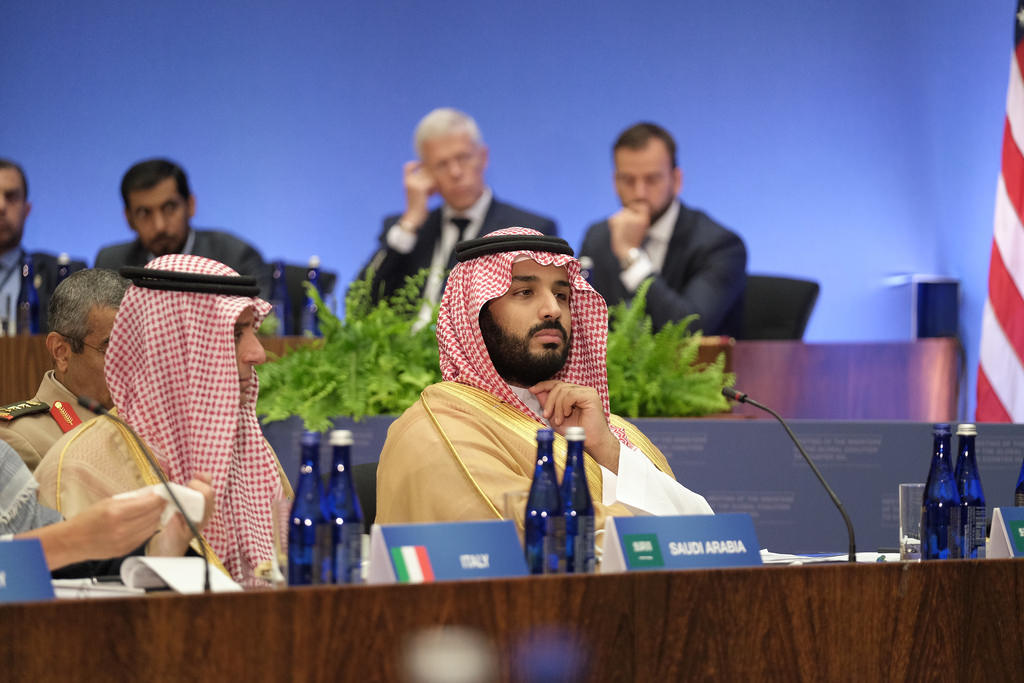
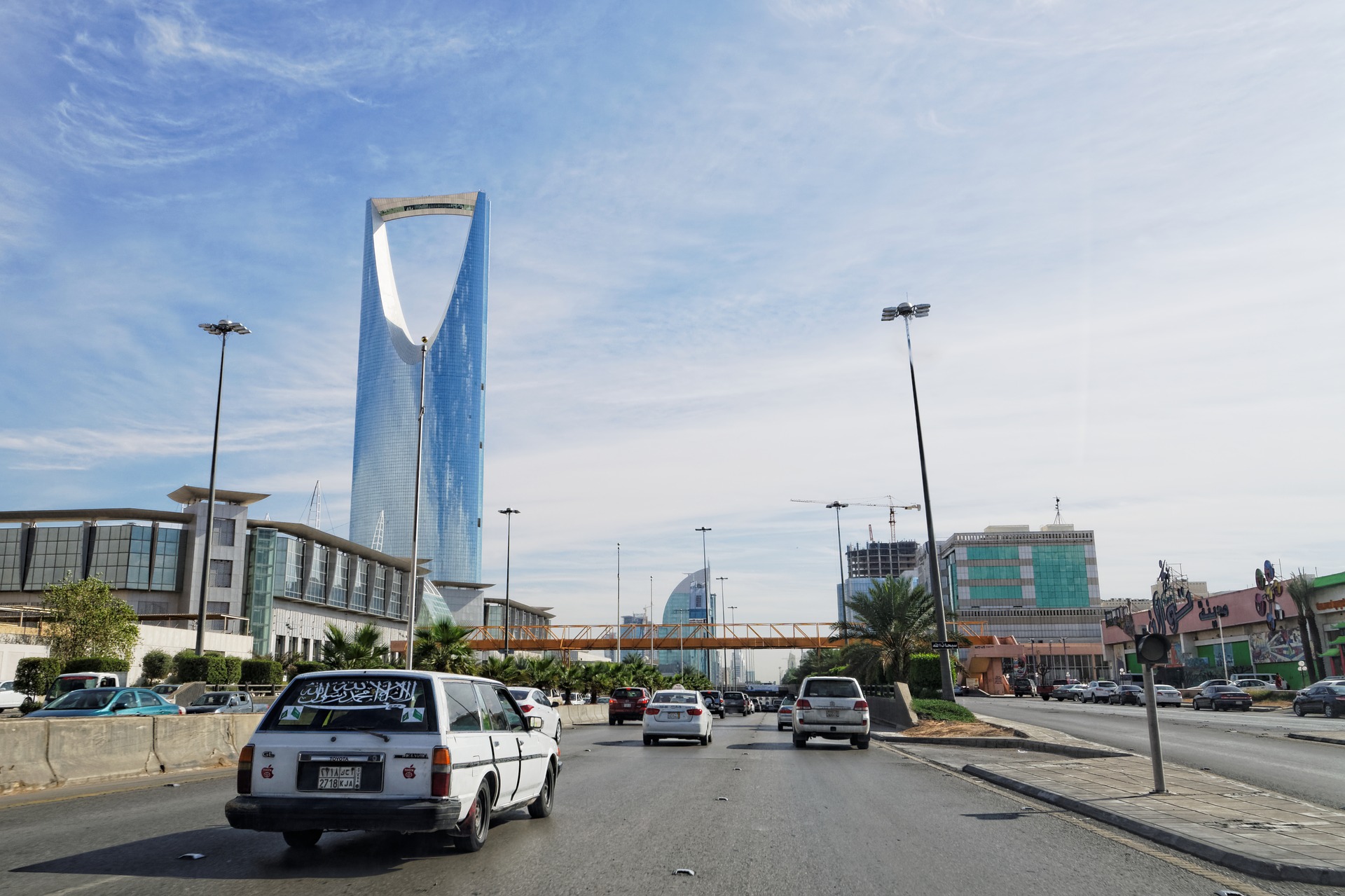
Kuwaiti billionaire Maan al-Sanea should have seen it coming after Saudi Crown Prince Mohammed bin S.....
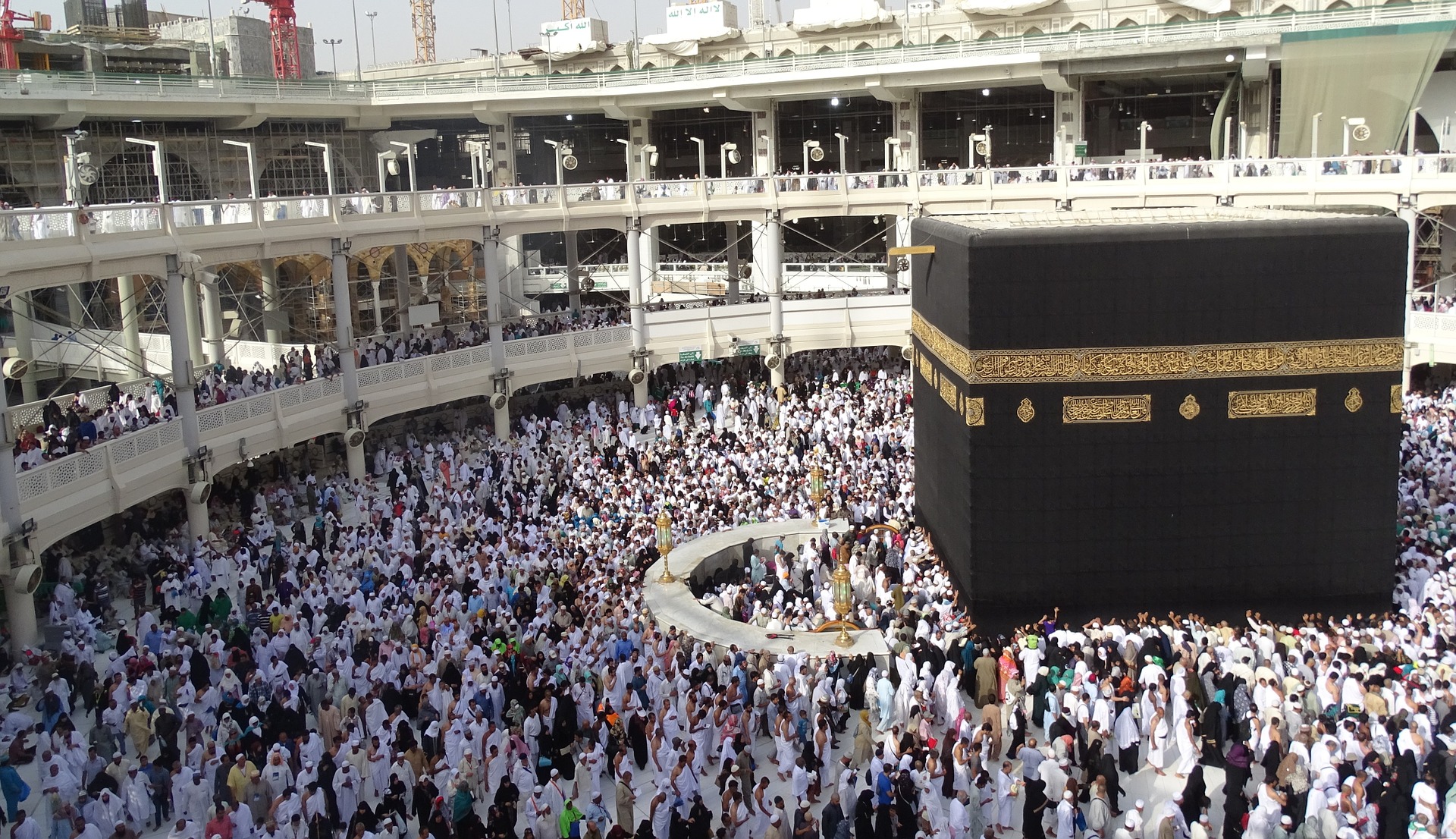
Long-standing Saudi efforts to dominate the pan-Arab media landscape appear to have moved into high .....
